According to the plan, on the morning of October 8, 1954, our army units participated in taking over the capital, advancing towards Hanoi along many routes. On the afternoon of October 8, some units advanced to the belts of De La Thanh, Nhat Tan, Cau Giay, Nga Tu So, Bach Mai and Vinh Tuy, while the French army withdrew from Yen Vien.
On the morning of October 9, 1954, we took over the four districts of Quang Ba, Cau Giay, Nga Tu So and Quynh Loi. Our army took many routes from the outskirts of the city to take over Hanoi, divided into many troops to enter the five main gates and then spread out to the areas. In turn, our troops took over the Hanoi train station, the old Governor's Palace, the Water Station area, the Lake Shore area, and the Northern Palace.
At 4:00 p.m., the French army left Hanoi city and quietly withdrew to the north of Long Bien bridge. At 4:30 p.m., our army completely controlled Hanoi, taking over the city safely and in order.
The last French soldiers gradually withdrew from the inner city via Long Bien bridge.

Currently, Long Bien Bridge is still an important bridge for trains, motorbikes and rudimentary vehicles (Photo: Le Minh Son/Vietnam+)
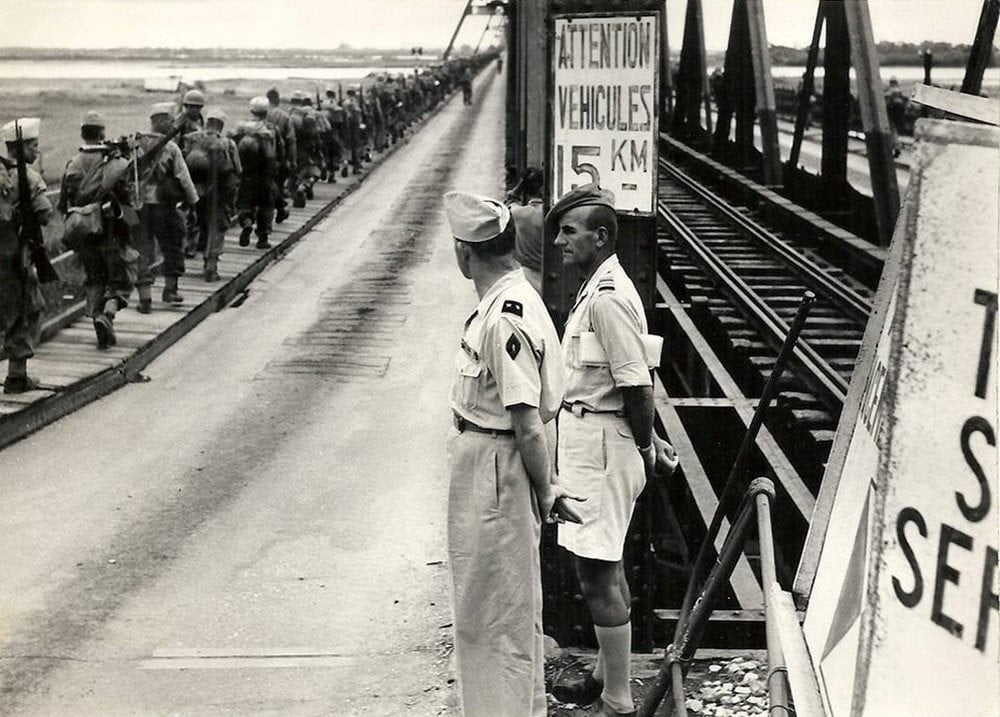
French officers supervise the expeditionary force withdrawing from Hanoi (Photo: Archive)
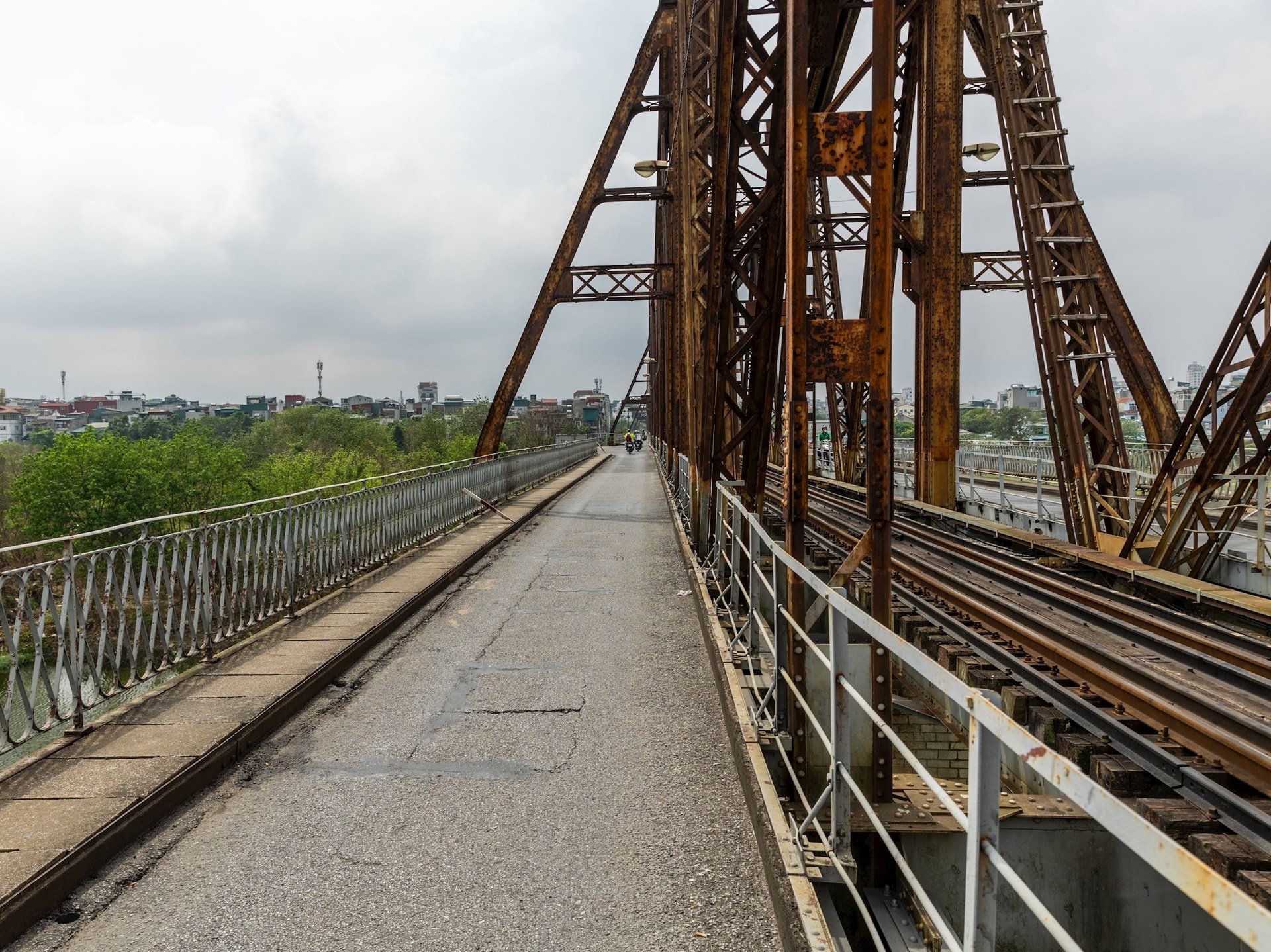
Iron beams are "witnesses" of a historical period (Photo: Le Minh Son/Vietnam+)
Wherever the French troops withdrew, our troops took over. Under the witness of the International Commission for the Implementation of the Geneva Agreement and foreign observers, our troops advanced across Long Bien Bridge into the inner city on this side while at the same time the French troops withdrew from Hanoi across this bridge on the other side.
At exactly 4:30 p.m. on October 9, 1954, the French army withdrew across Long Bien bridge, and our army completely controlled the city.
On this side of the bridge, our army also entered the inner city, wherever the enemy retreated, we took over. (Photo courtesy)
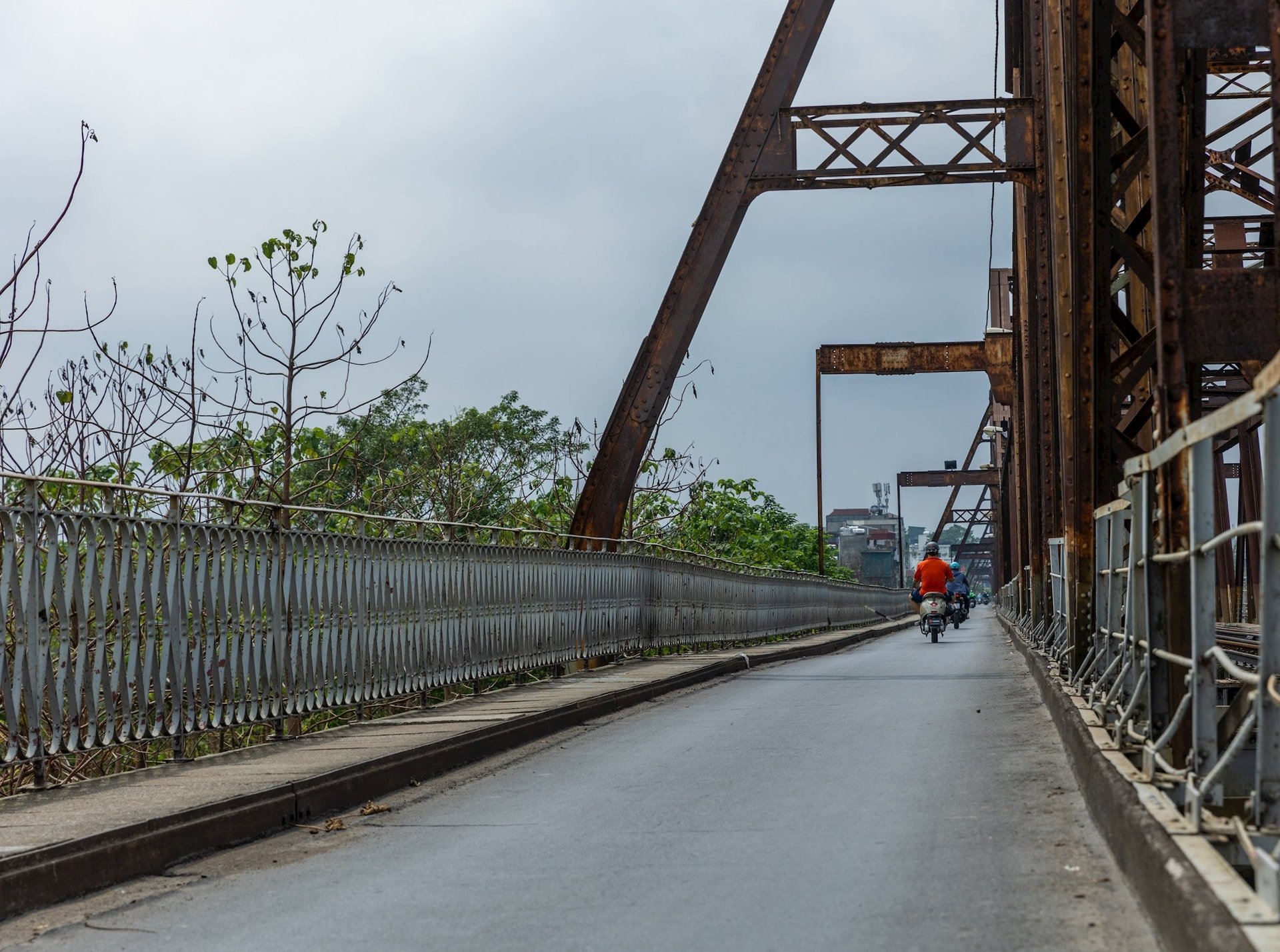
Long Bien Bridge from Long Bien to Hoan Kiem. This is the only bridge in Hanoi where traffic goes on the left lane (Photo: Le Minh Son/Vietnam)
On the morning of October 10, 1954, the City Military Commission and military units including infantry, artillery, anti-aircraft, and mechanized units... divided into many large wings and launched a historic march into Hanoi.
Hanoi was filled with flags and flowers. Tens of thousands of people from Hang Bai, Hang Dao, Trang Tien streets to the Hoan Kiem Lake area poured into the streets to welcome the troops entering the city.
At exactly 8:00 a.m., the Western army, consisting of infantry soldiers of the Capital Regiment, wearing the badge “Dien Bien Phu Soldiers,” departed from Quan Ngua (now Hanoi Sports Palace, Quan Ngua Street) and passed through Kim Ma, Nguyen Thai Hoc, Hang Day, Cua Nam, Hang Bong, Hang Dao, Hang Ngang streets… and entered Cua Dong at 9:45 a.m.
The convoy carrying soldiers of Division 308 passes through Hang Dao Street, morning of October 10, 1954.
in the joyful welcome of tens of thousands of people. (Photo: VNA Document)
Hang Dao Street today has a mix of ancient and modern looks. (Photo: Minh Son/Vietnam+)

Hundreds of people gathered at Nga Tu So to sing patriotic songs.
on the day of Capital Liberation, October 10, 1954. (Photo: Life)
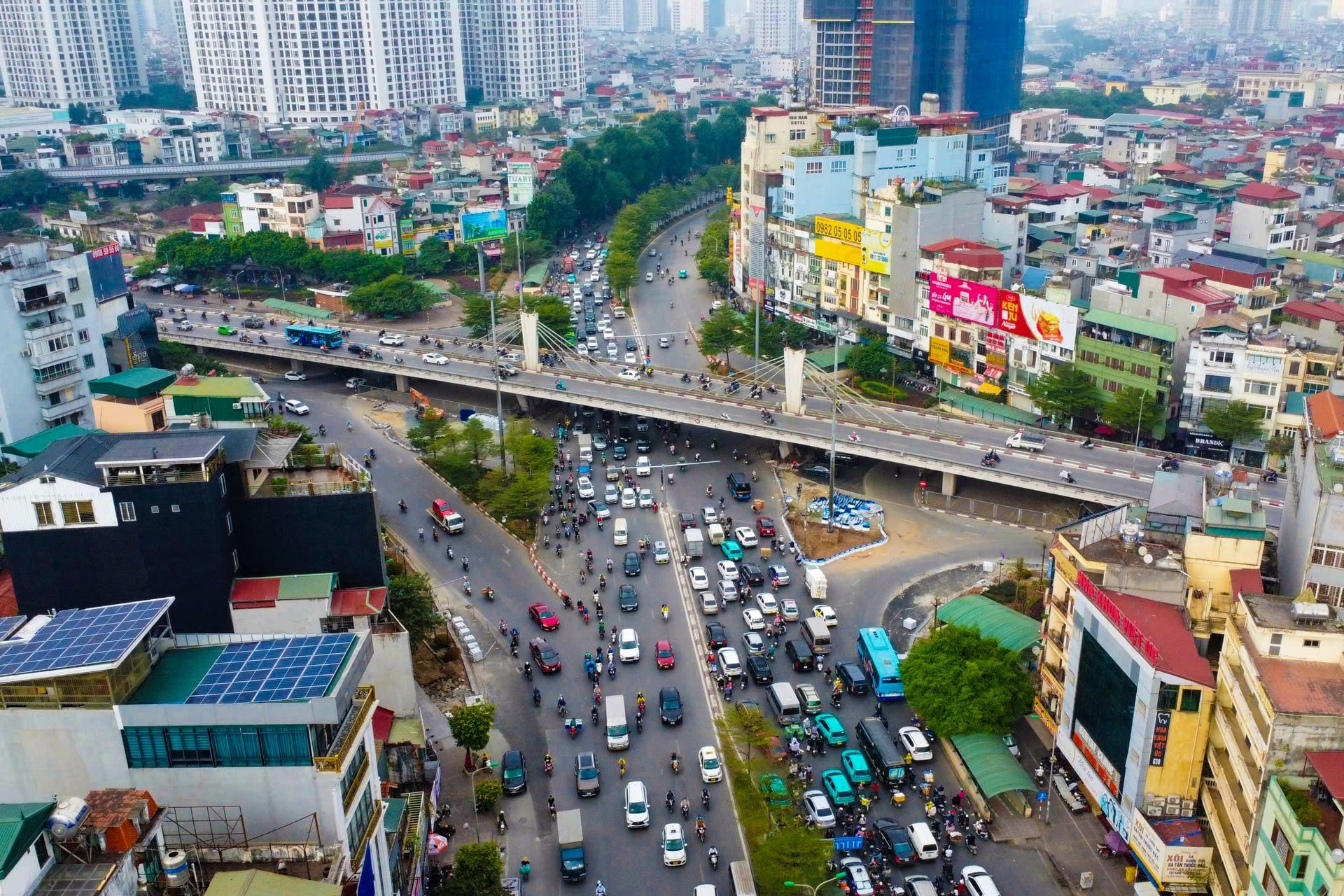
dynamic, with modern transportation systems, new urban areas are springing up. (Photo: Minh Son/Vietnam+)

The infantry wing of the Capital Regiment, Division 308 entered the Cua Nam area on the morning of October 10, 1954. (Photo: VNA archive)
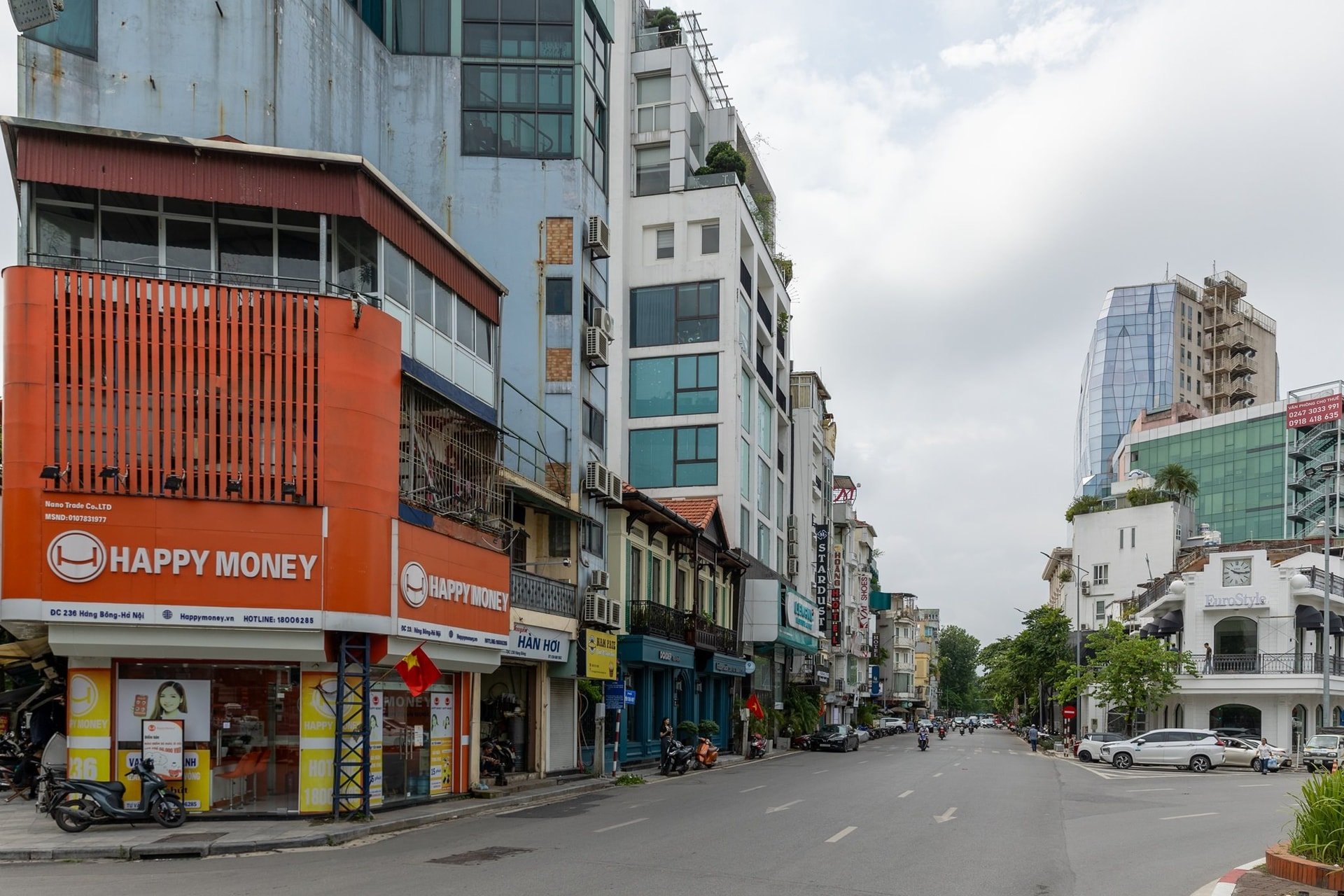
The South Gate area is still an important traffic axis of the capital. (Photo: Minh Son/Vietnam+)
The Southern army set out from Vietnam University, advanced through Bach Mai, Hue Street, circled around Hoan Kiem Lake, then circled back to occupy the entire area of Don Thuy and Dau Xao.
The mechanized and artillery column departed from Bach Mai, passed Bach Mai street, Hue street, at 10:05 arrived at Hoan Kiem Lake, passed Hang Dao, Hang Ngang, Dong Xuan market, turned to Cua Bac street and entered the city at 10:45.
The Capital Regiment arrives at Hang Gai Street. (Photo courtesy of VNA)
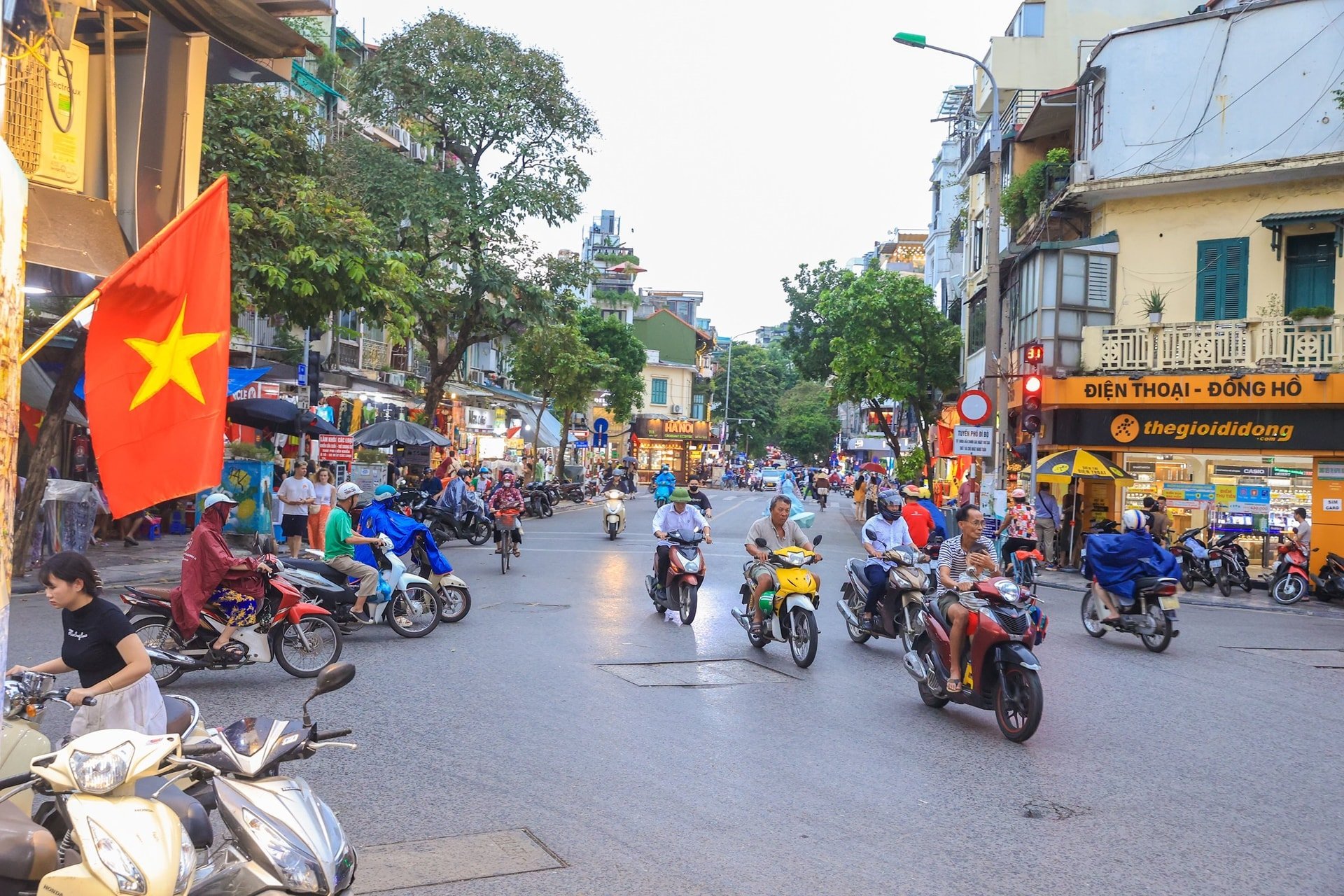
Hang Gai Street still retains its ancient features after 70 years (Photo: Le Minh Son/Vietnam+).
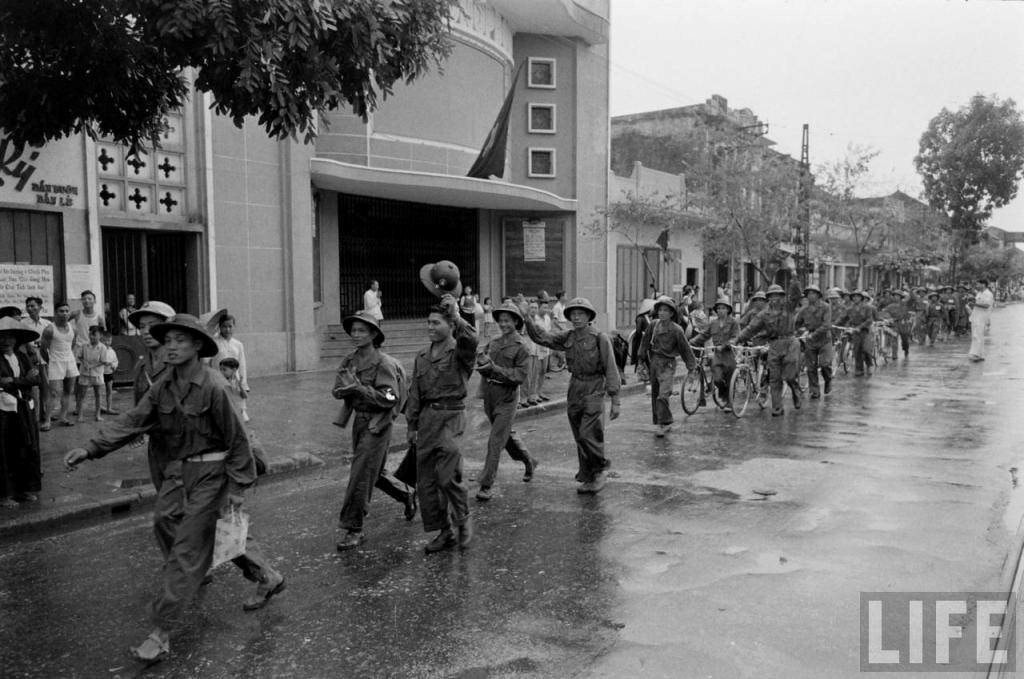
The victorious army marched from the South to take over the Capital, passing Dai Nam theater on Hue street. (Photo: Life)

After 70 years, Dai Nam Theater is now under the management of Hanoi Cheo Theater.
(Photo: Minh Son/Vietnam+)
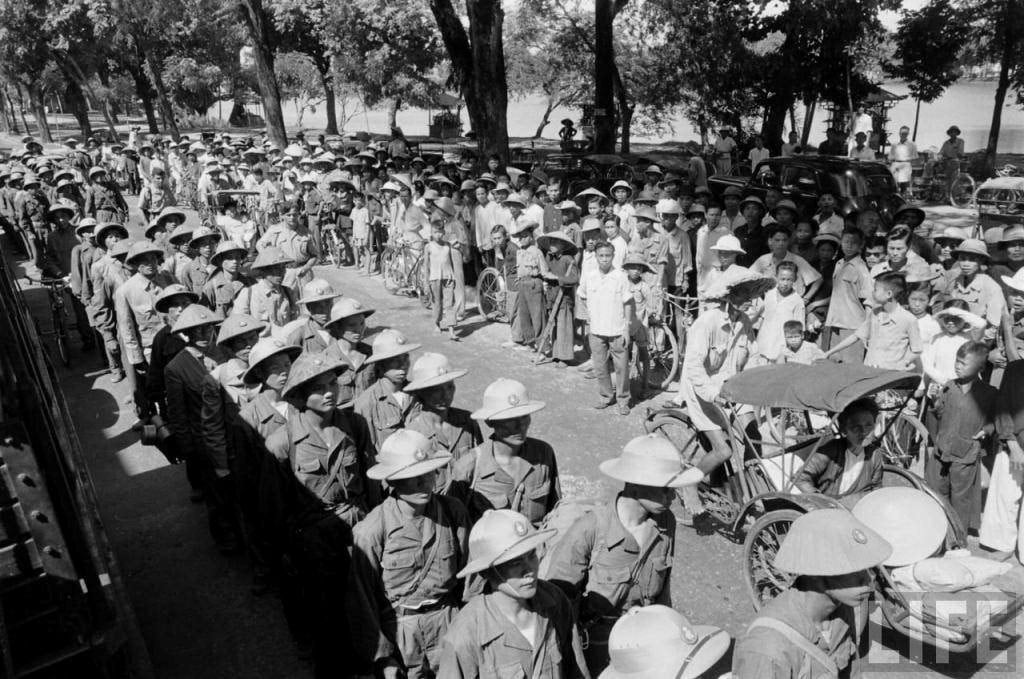
The Liberation Army marched across Hoan Kiem Lake in front of thousands of people. (Photo: Life)
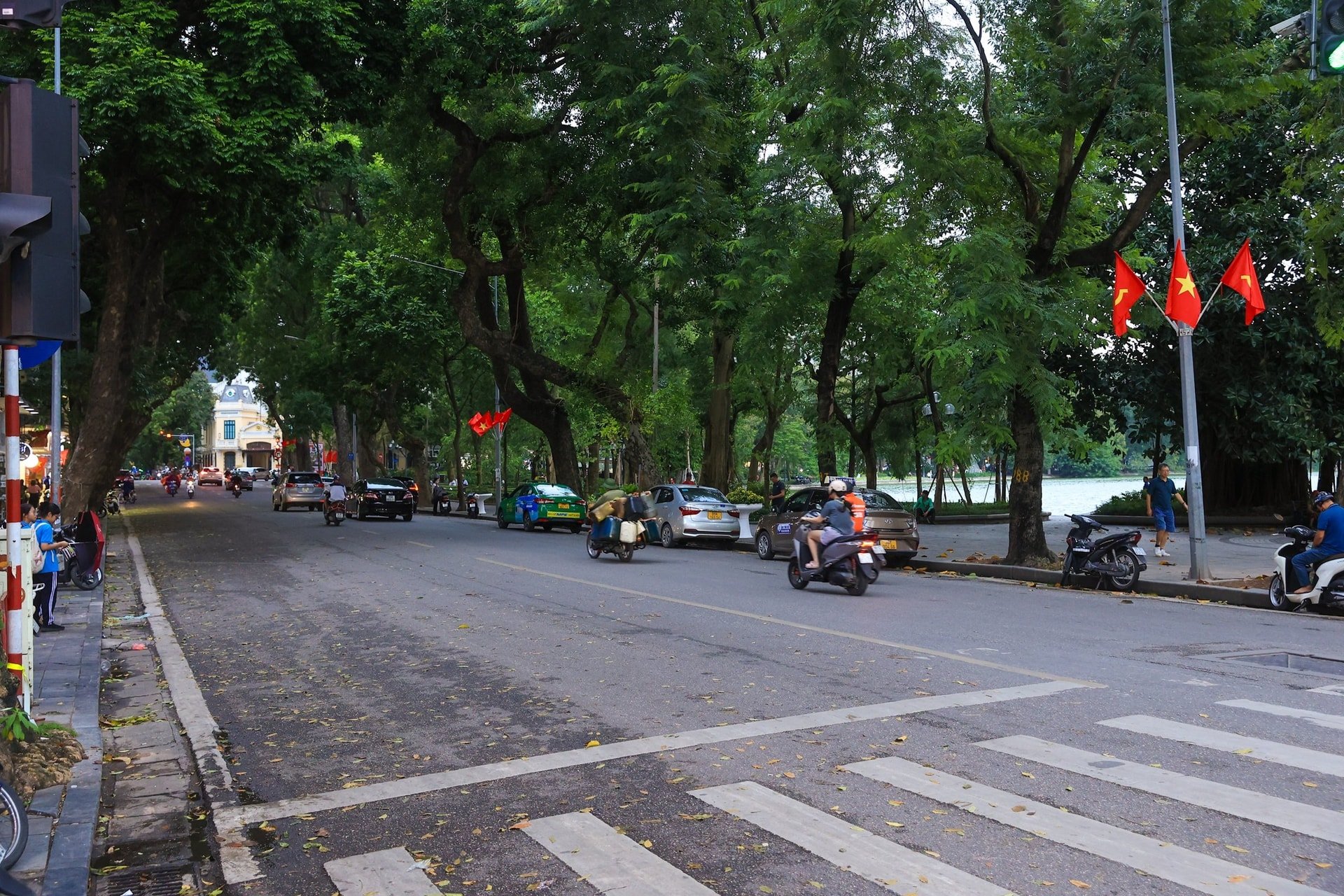
Hoan Kiem Lake area after 70 years. (Photo: Minh Son/Vietnam+)

Soldiers enter Hang Khay towards Hang Trong Post (Photo: Archive)
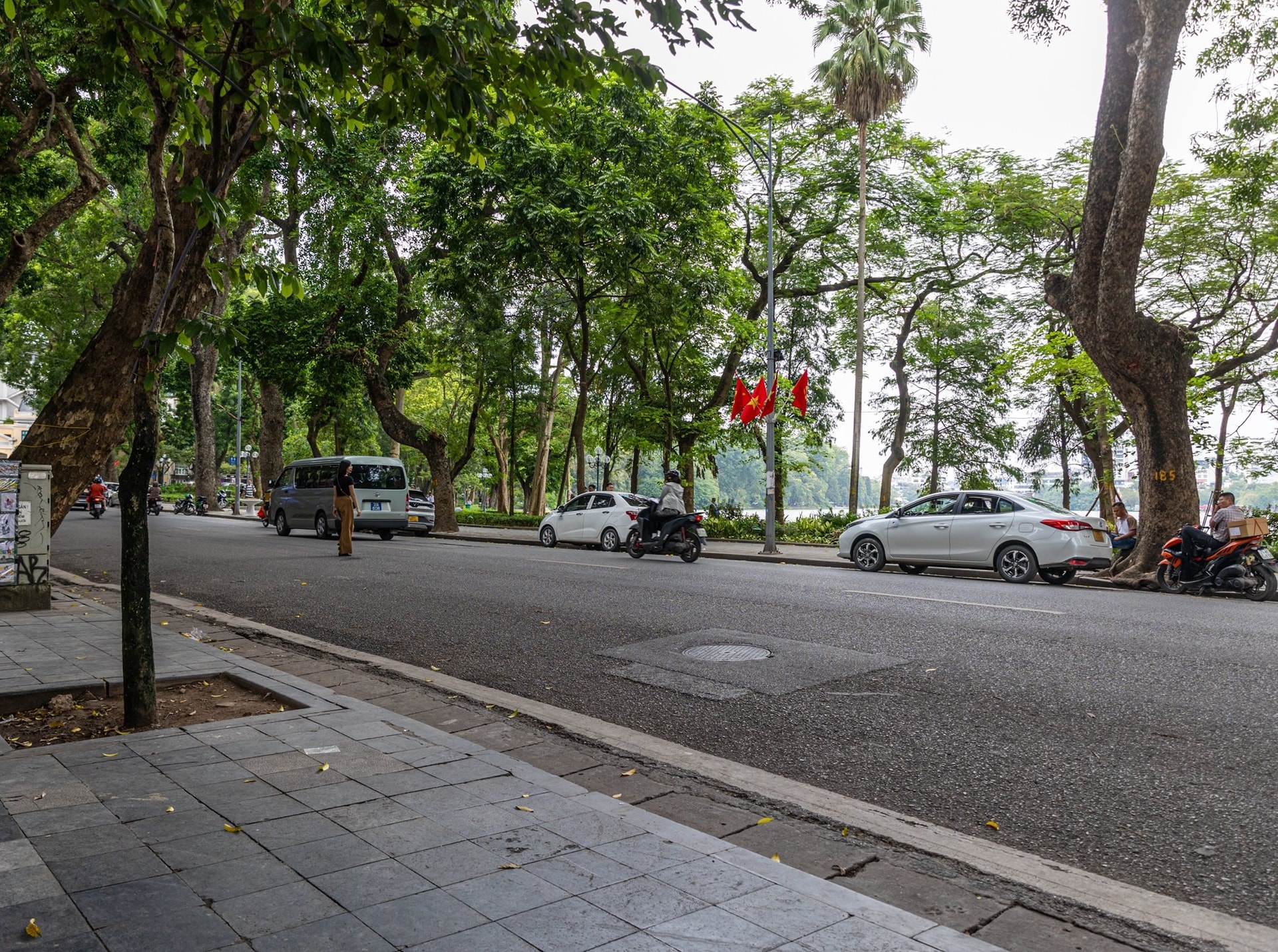
Hang Khay Street is still the most beautiful street in the capital today (Photo: Le Minh Son/Vietnam+)
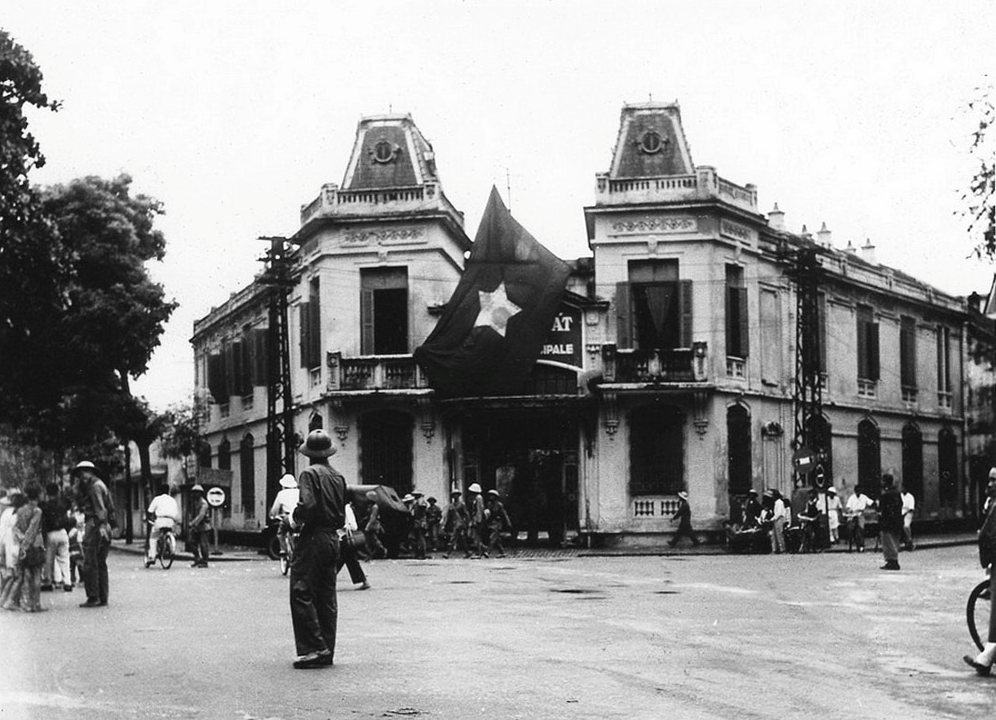
Hang Trong Outpost – The command center of the French police in Hanoi on October 10, 1954. (Photo: Archive)
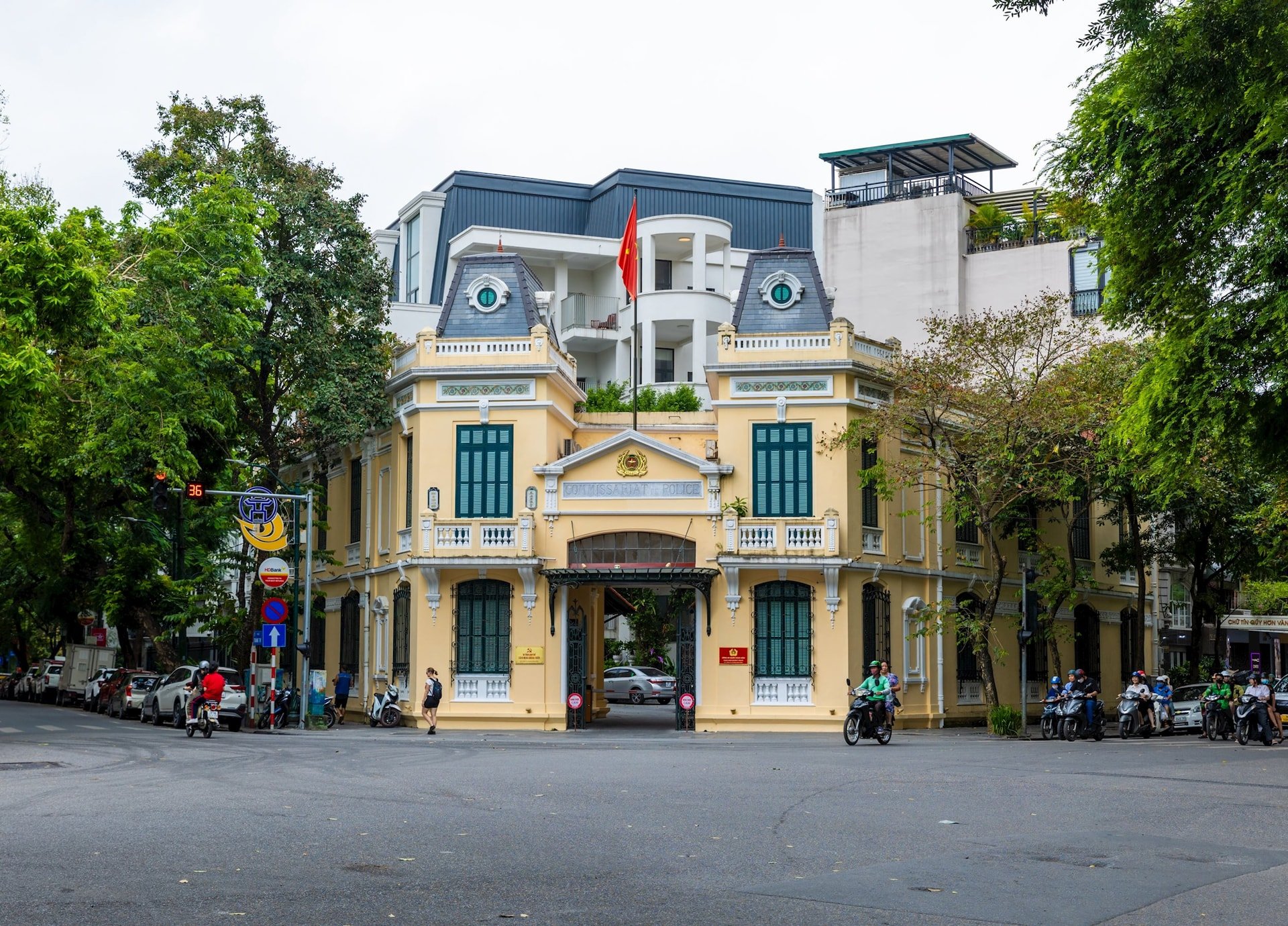
After 70 years, this place has become the headquarters of Hoan Kiem District Police, Hanoi. (Photo: Minh Son/Vietnam+)
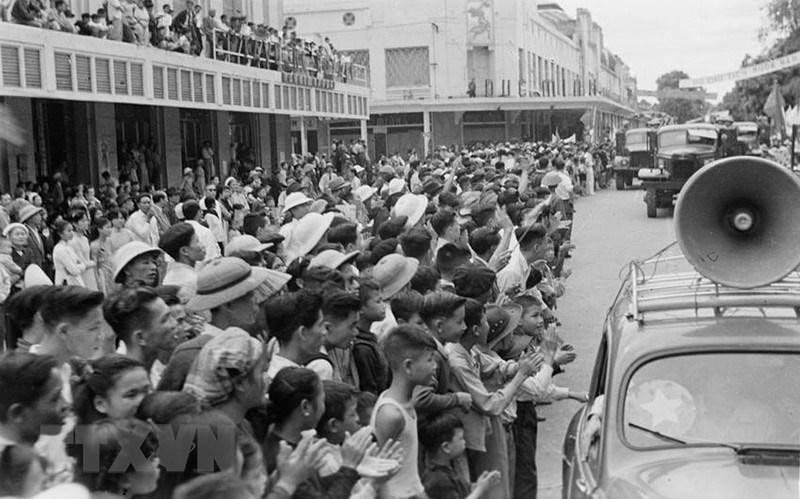
Tens of thousands of Hanoians poured into the streets to welcome the troops.
Victory in liberating the Capital. (Photo: VNA Document)
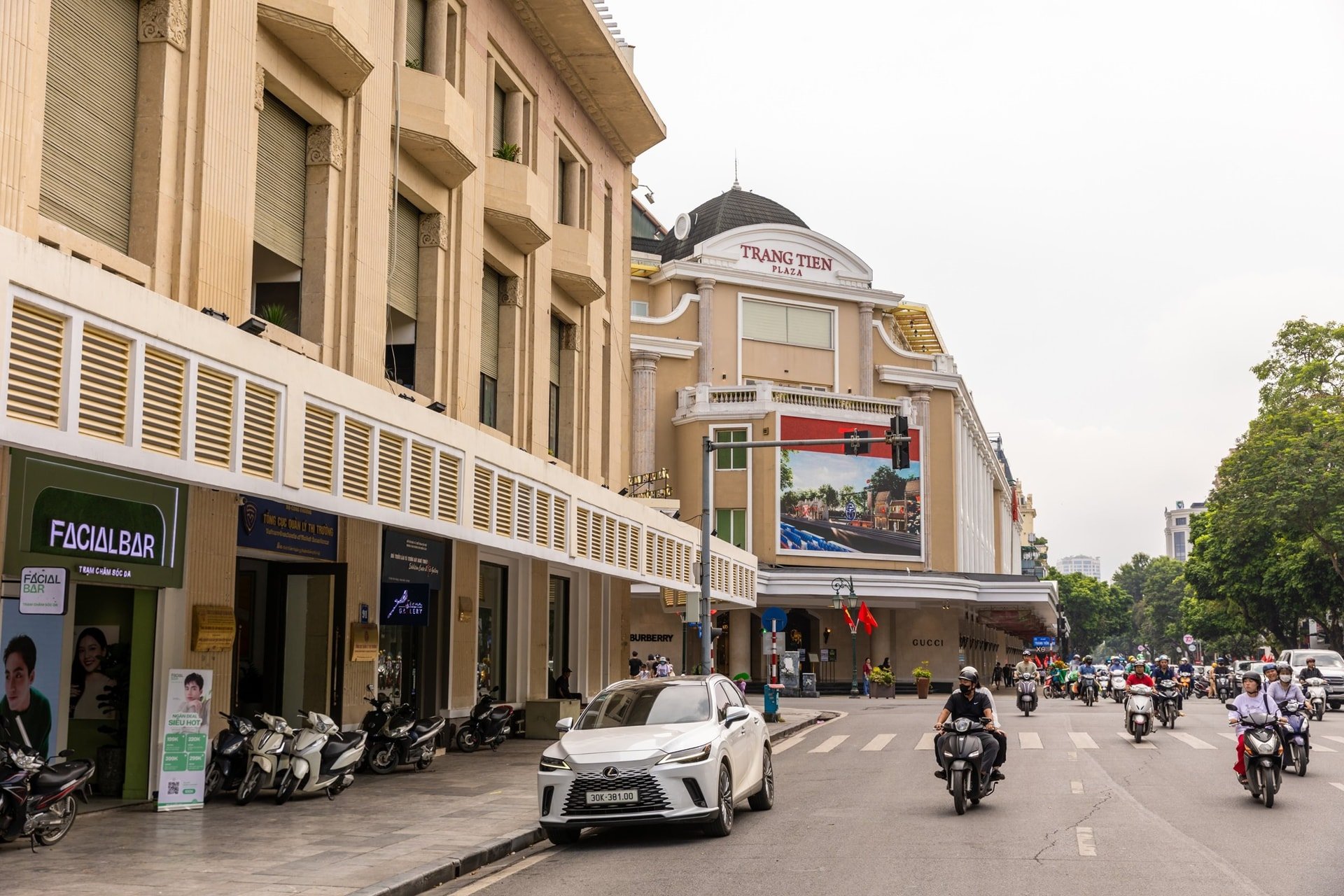
After 70 years, this place has become Dinh Tien Hoang street.
– the center of the capital. (Photo: Minh Son/Vietnam+)
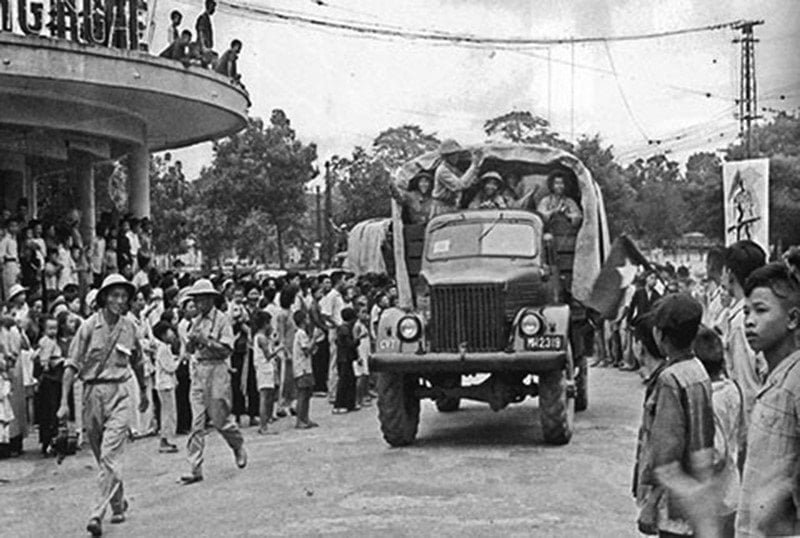
Tens of thousands of Hanoians flocked to the Hoan Kiem Lake area.
Welcome the victorious army to liberate the capital. (Photo: VNA Document)
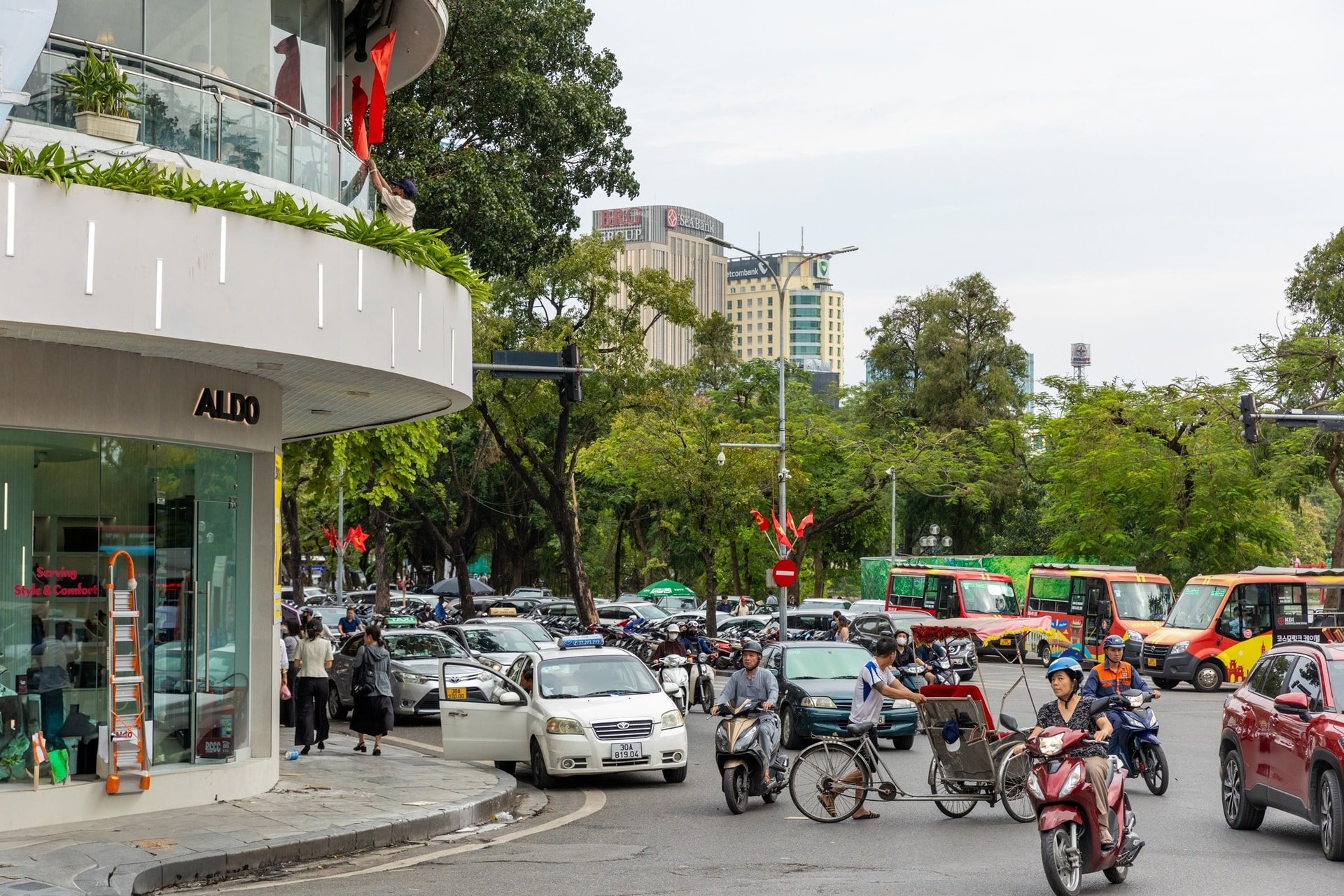
This area is now Dong Kinh Nghia Thuc Square.
The building in the photo has become the Shark's Jaw building.
has a panoramic view of Hoan Kiem Lake. (Photo: Minh Son/Vietnam+)

The infantry wing of the Capital Regiment, 308th Division passed through the area.
Dong Kinh Nghia Thuc Square.
Next to it is the famous Hong Van ice cream shop in Hanoi. (Photo courtesy)
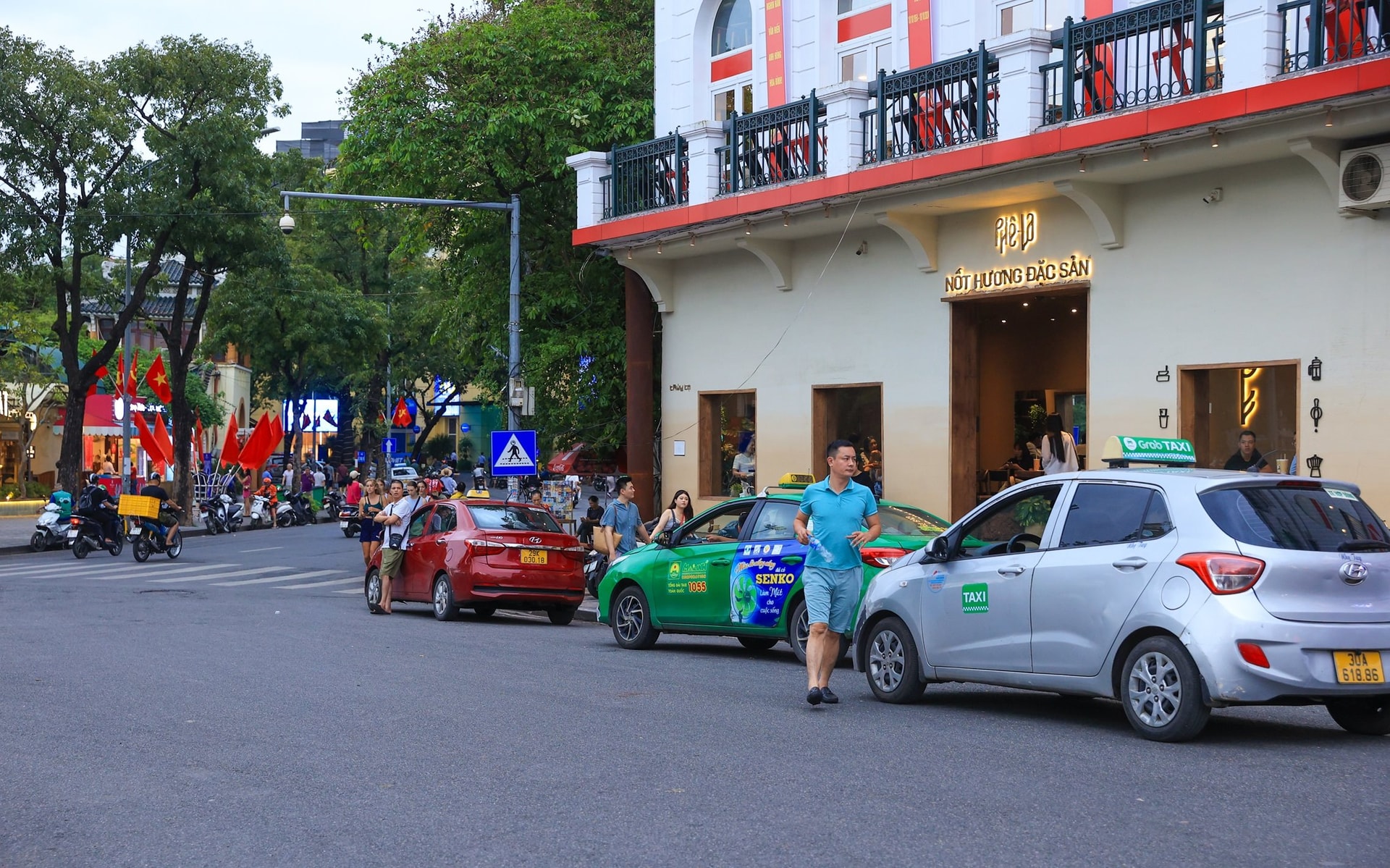
Hong Van ice cream shop area has undergone many changes.
has given way to many new, larger, more modern stores. (Photo: Minh Son/Vietnam+)
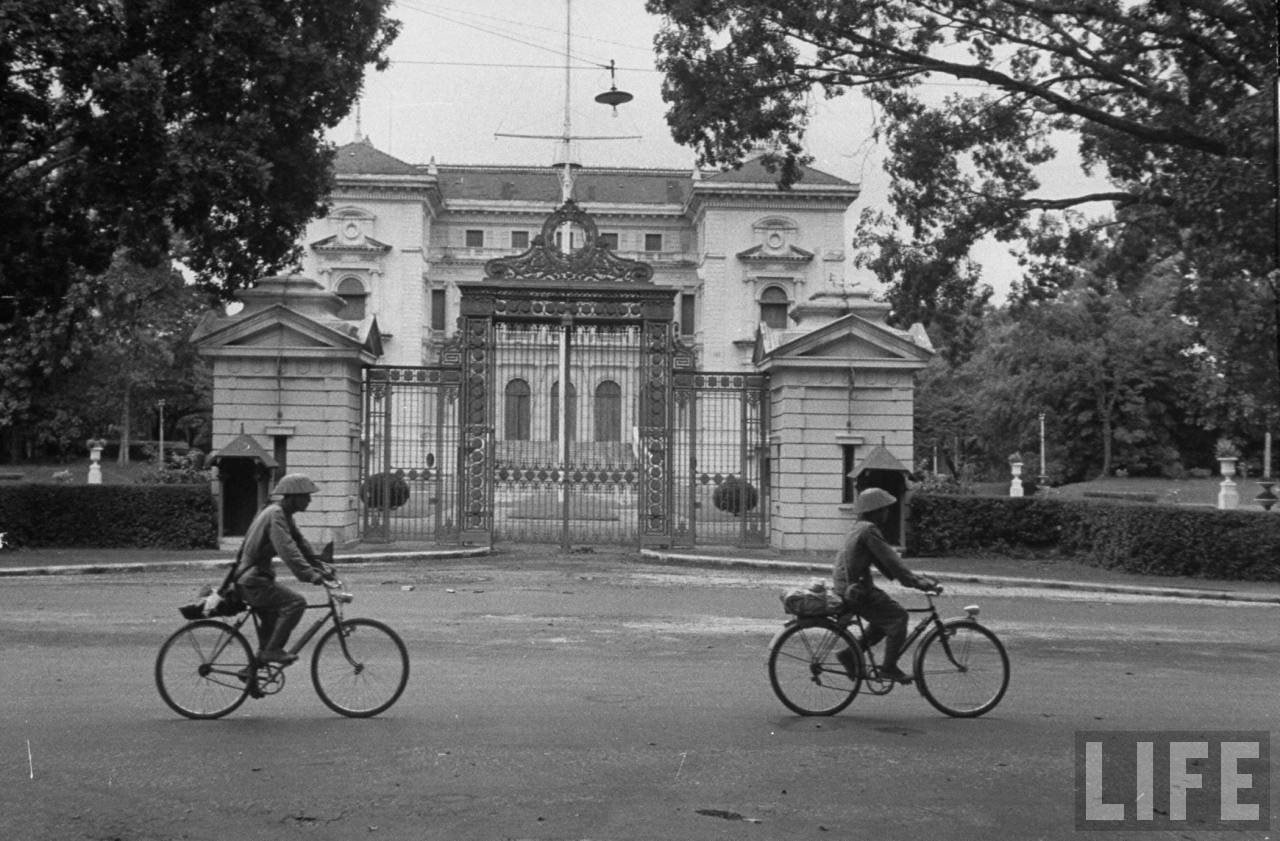
Two Viet Minh soldiers cycled past the Palace of the Governor General of Indochina.
now under the control of revolutionary forces. (Photo: Life)

It is also the headquarters of the Office of the President. The building is located within the premises of the Presidential Palace complex,
near President Ho Chi Minh Mausoleum and Ba Dinh Square, Hanoi. (Photo: Minh Son/Vietnam+)

The Palace of the Governor-General of Indochina at the time of the Viet Minh takeover. Vietnamese soldiers and French officers are standing in front of the main hall of the building. (Photo: Life)
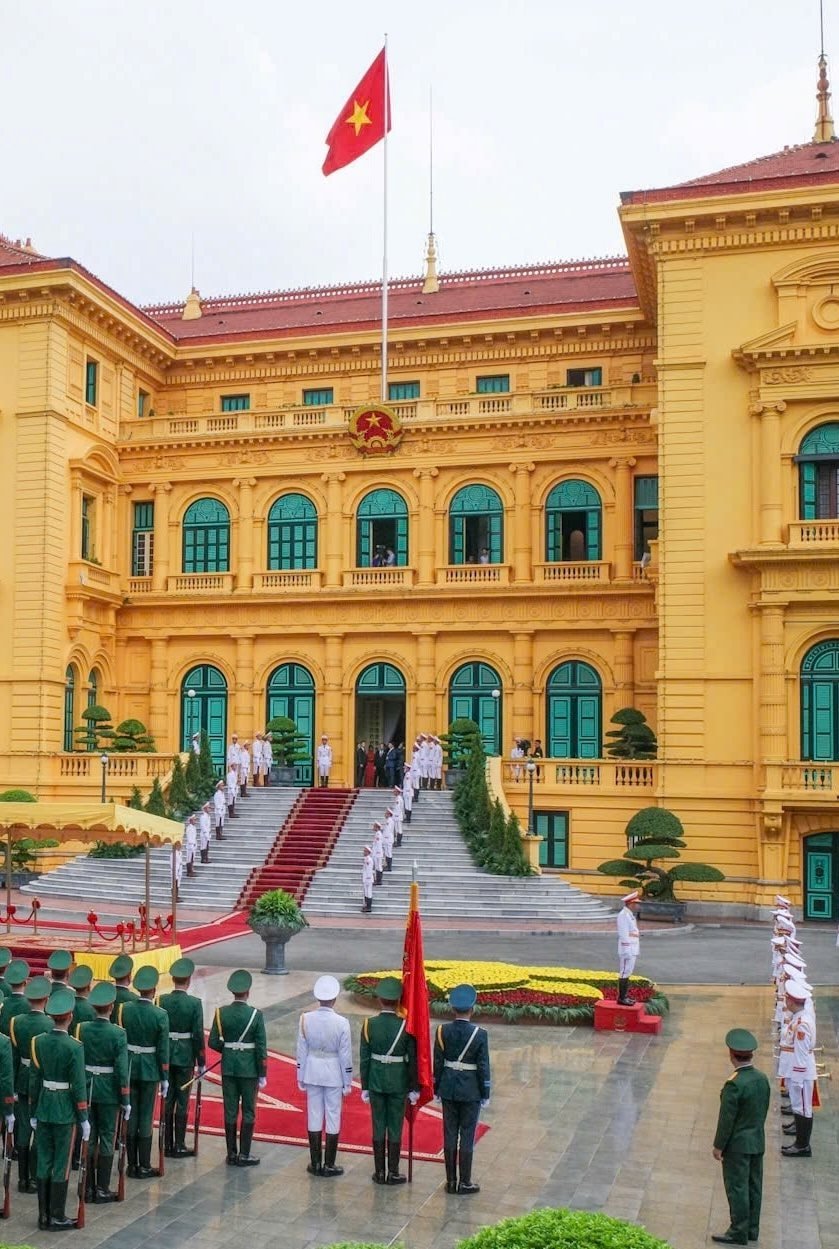
Currently, the Presidential Palace is also the place to welcome many foreign diplomatic delegations and important politicians. (Photo: Minh Son/Vietnam+)
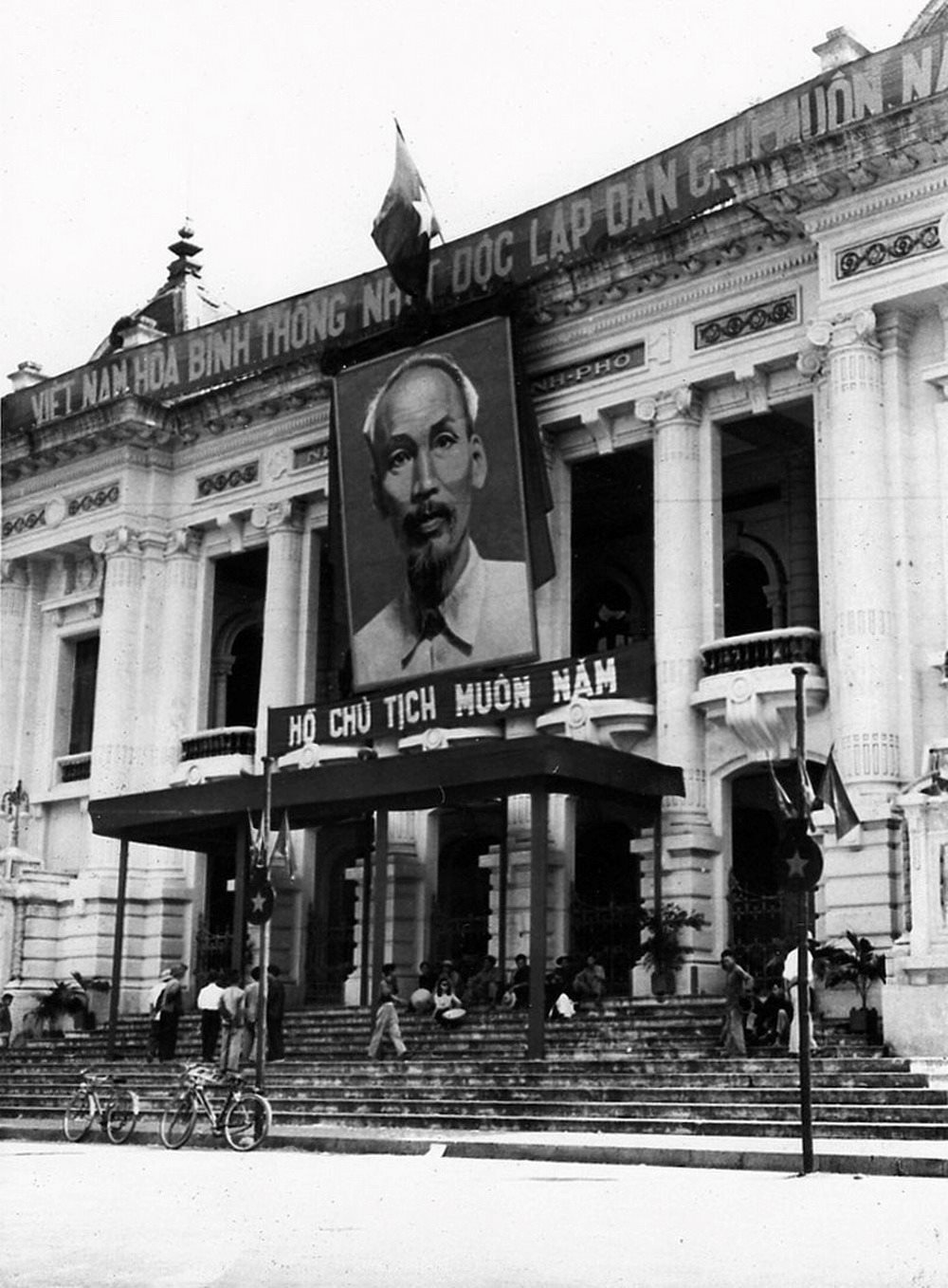
A picture of President Ho was hung in front of the Opera House on October 10, 1954. (Photo courtesy)
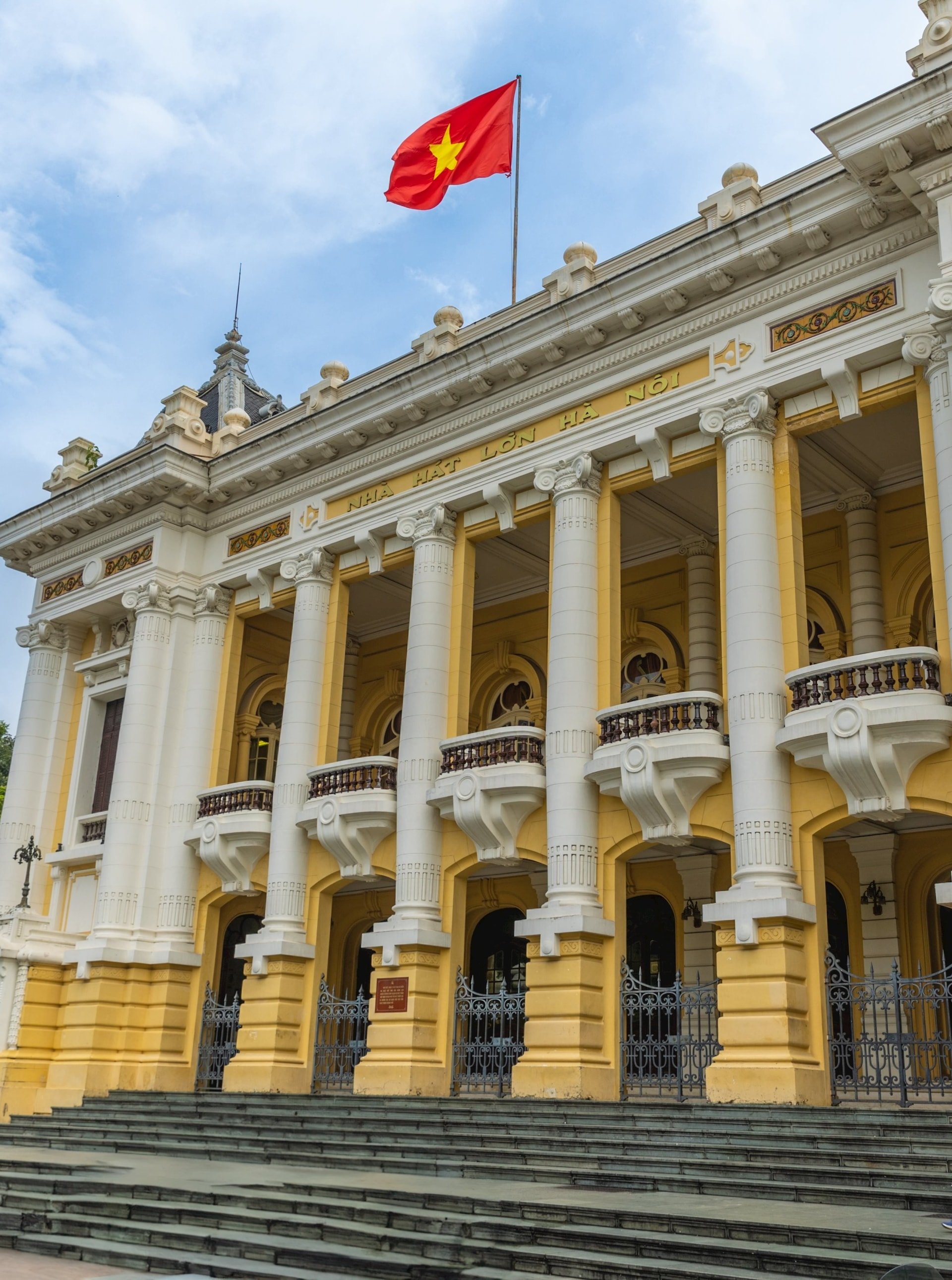
After 70 years, the Opera House has become a favorite destination for domestic and foreign tourists. Every year, it hosts many major national events. (Photo: Minh Son/Vietnam+)
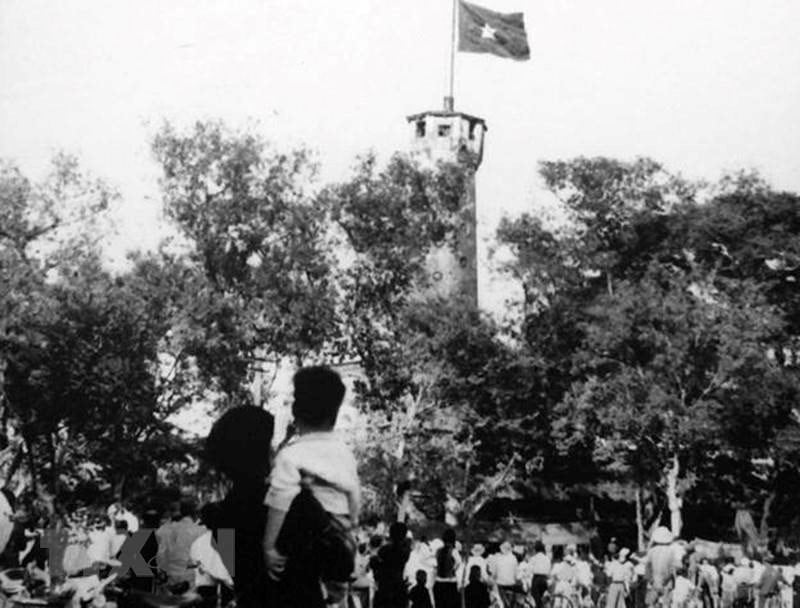
People flock to Hanoi Flag Tower on October 10, 1954 (Photo: VNA)
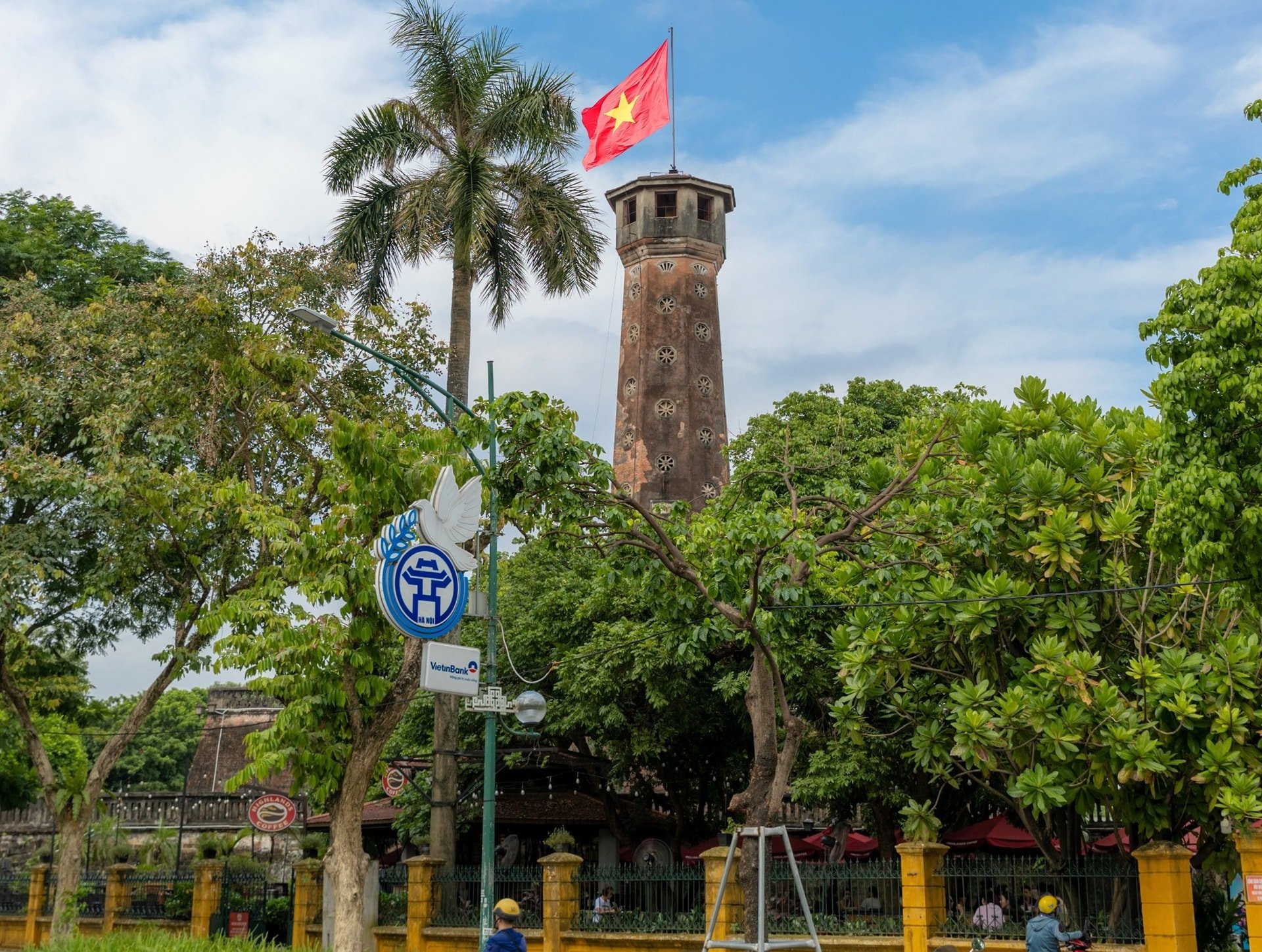
Hanoi Flag Tower today (Photo: Le Minh Son/Vietnam+)
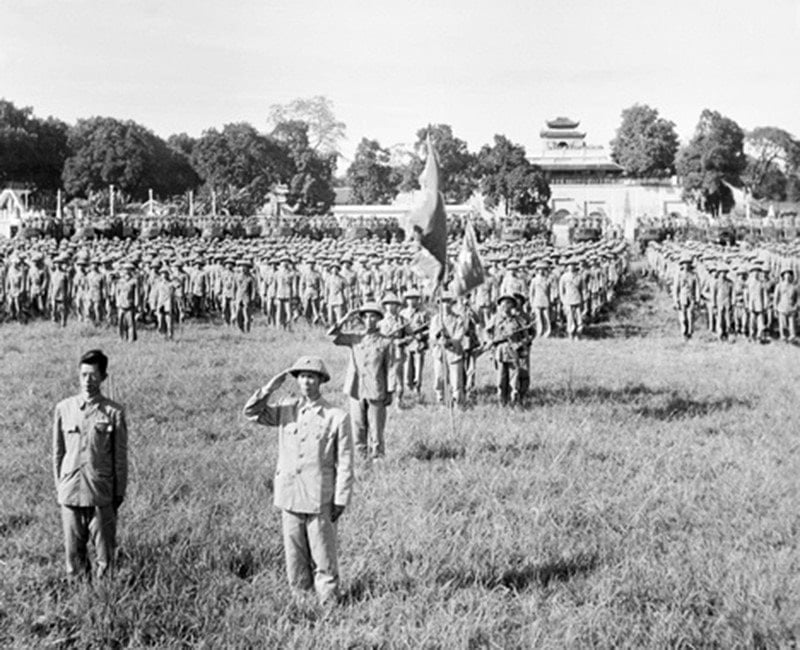
Major General Vuong Thua Vu (front row - right), Commander of the 308th Division, Chairman of the City Military Commission and Doctor Tran Duy Hung (front row - left) at the first flag-raising ceremony.
when taking over the capital on October 10, 1954 at Thang Long Imperial Citadel. (Photo courtesy of VNA)
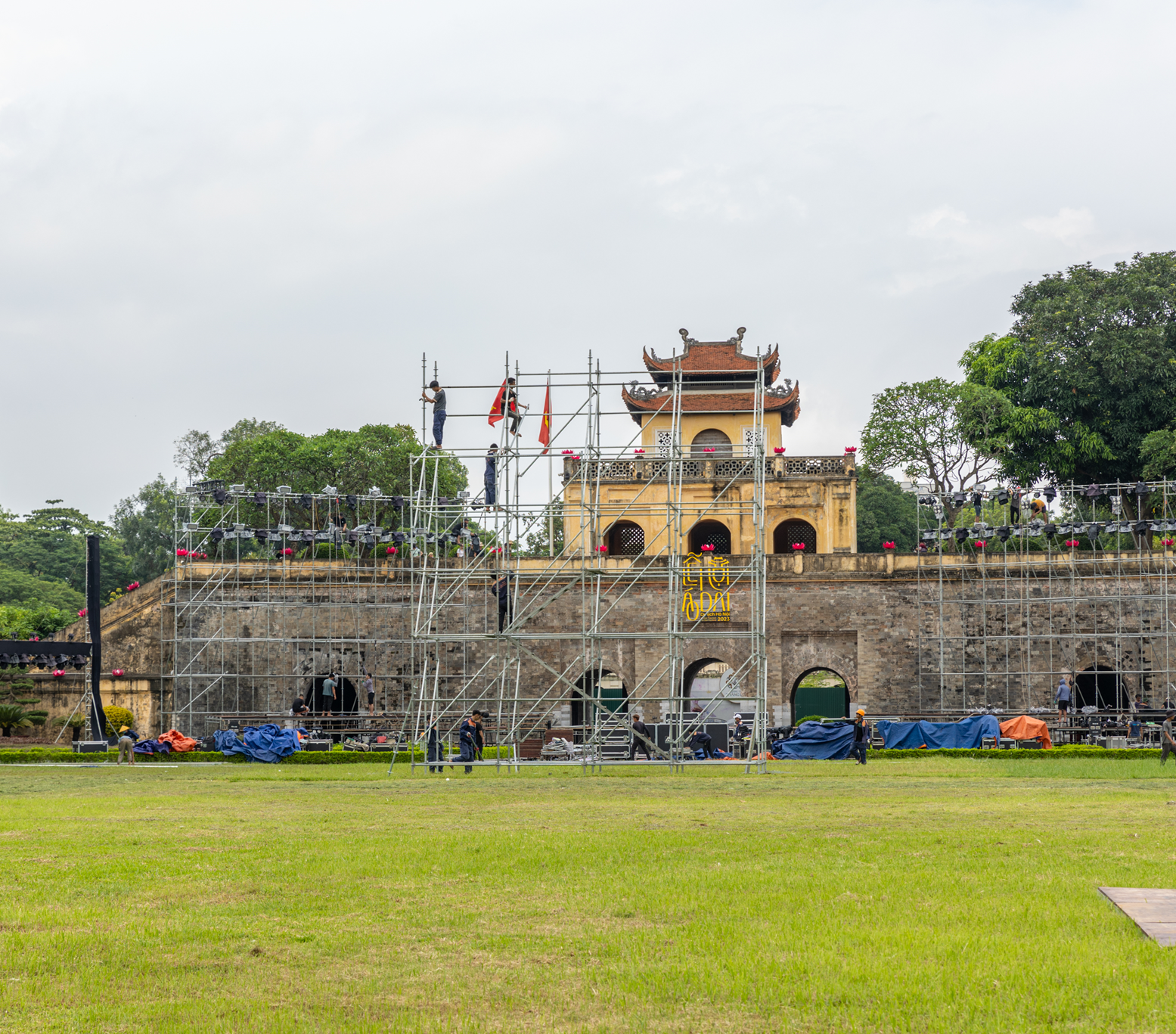
The area in front of Doan Mon Gate today is where many events of Hanoi City are held (Photo: Le Minh Son/Vietnam+)

Major General Vuong Thua Vu, Commander of Division 308, read President Ho Chi Minh's Appeal.

View of the Flagpole from Doan Mon yard after 70 years. (Photo: Le Minh Son/Vietnam+)
Vietnamplus.vn
Source: https://mega.vietnamplus.vn/ngay-giai-phong-thu-do-qua-bo-anh-ngay-ay-bay-gio-6630.html


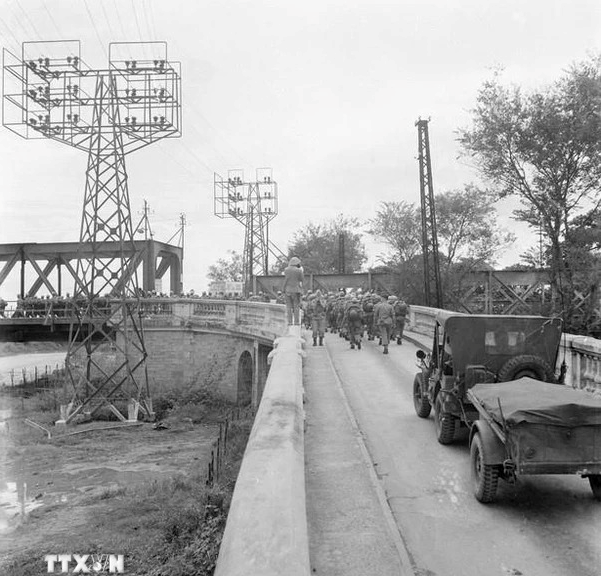

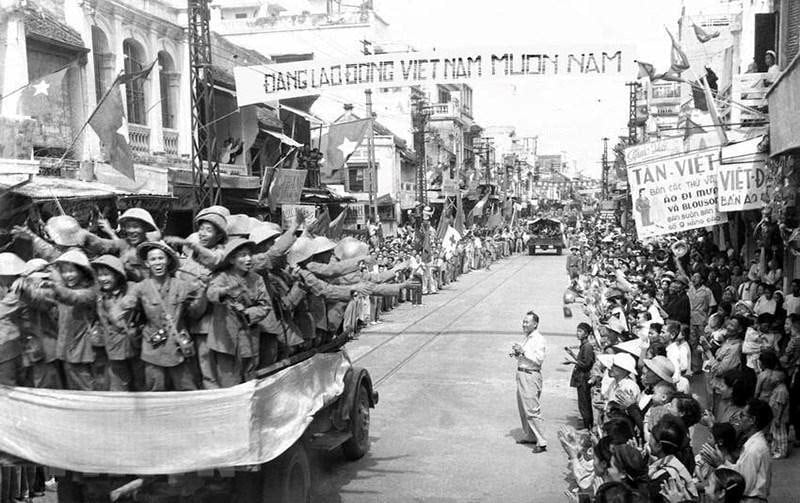
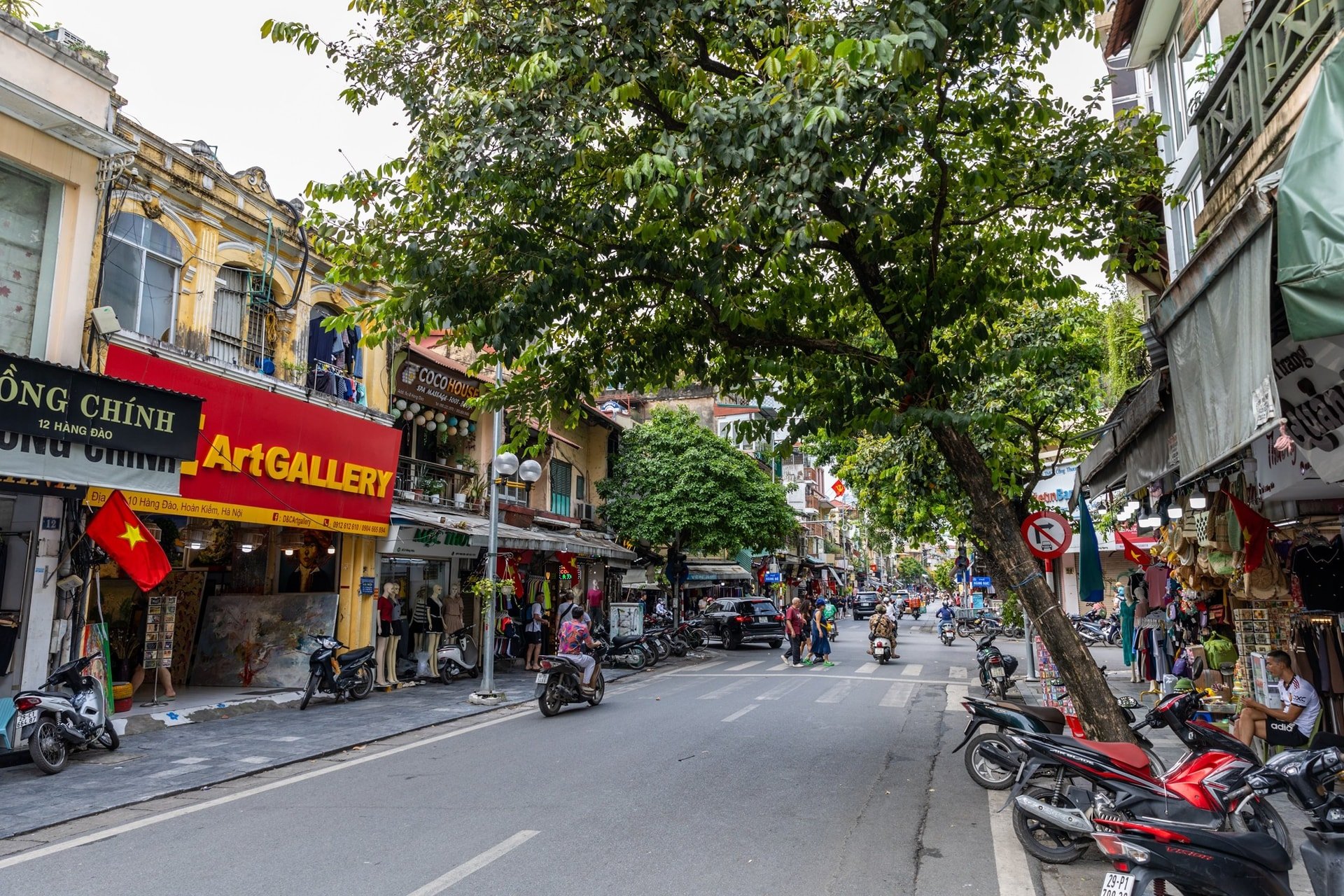
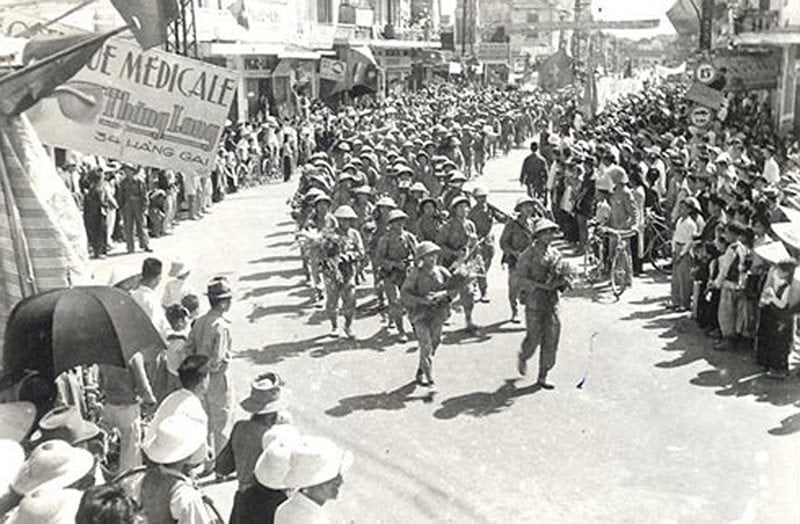
![[Photo] Ho Chi Minh City people's affection for the parade](https://vstatic.vietnam.vn/vietnam/resource/IMAGE/2025/4/26/7fcb6bcae98e46fba1ca063dc570e7e5)
![[Photo] Readers' joy when receiving the supplement commemorating the 50th anniversary of the liberation of the South and national reunification of Nhan Dan Newspaper](https://vstatic.vietnam.vn/vietnam/resource/IMAGE/2025/4/26/283e56713da94988bf608393c0165723)

![[Photo] Prime Minister Pham Minh Chinh chairs meeting of Steering Committee for key projects and railway projects](https://vstatic.vietnam.vn/vietnam/resource/IMAGE/2025/4/26/b9534596258a40a29ebd8edcdbd666ab)
![[Photo] Young people line up to receive the special supplement commemorating the 50th anniversary of the Liberation of the South of Nhan Dan Newspaper](https://vstatic.vietnam.vn/vietnam/resource/IMAGE/2025/4/26/9e7e624ae81643eba5f3cdc232cd07a5)
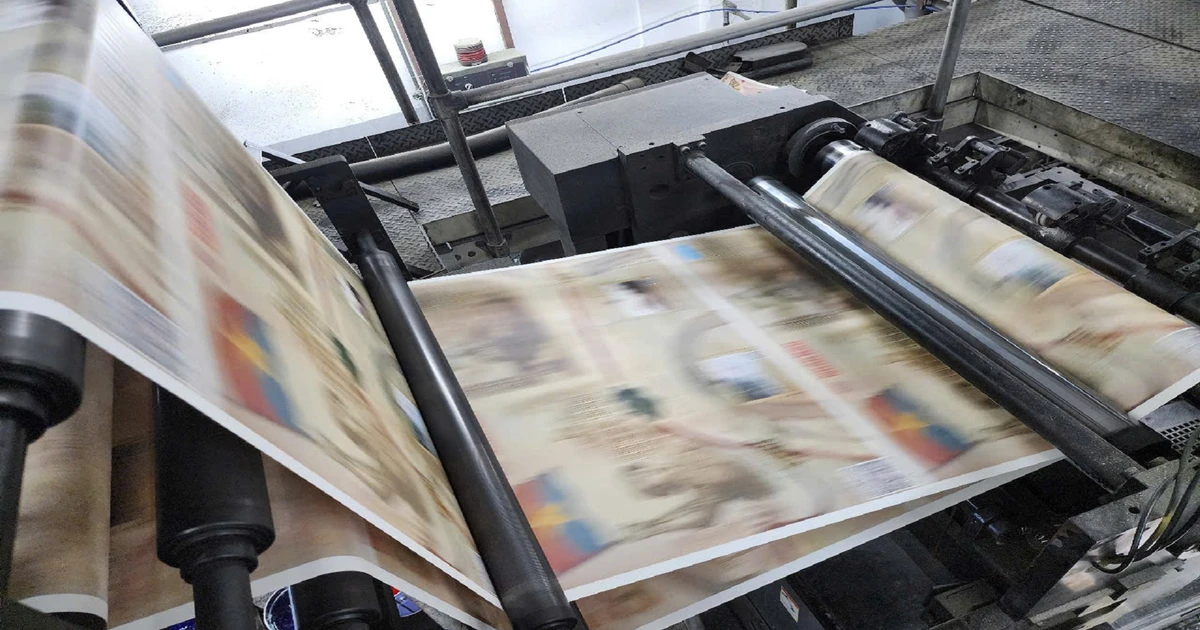
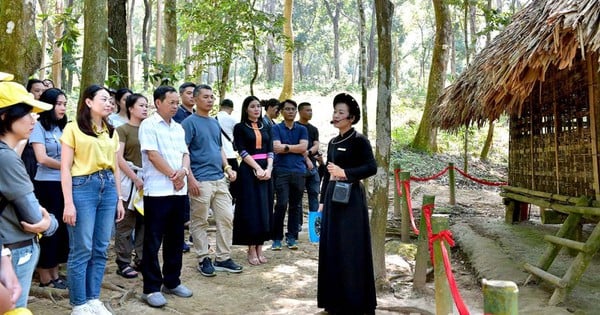
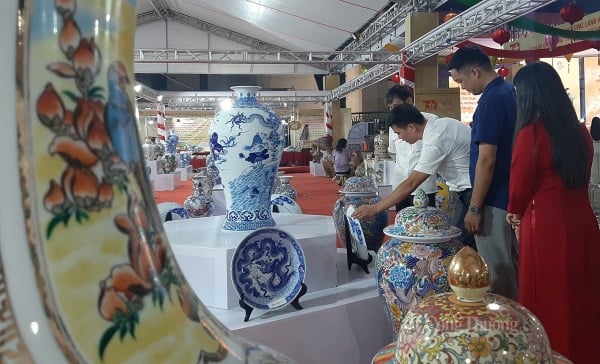

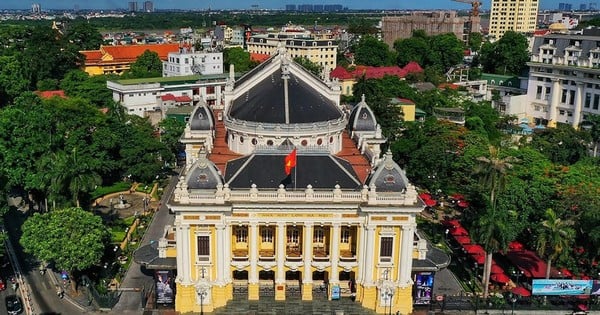

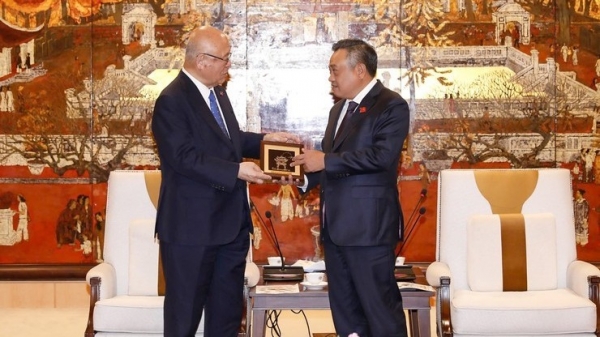

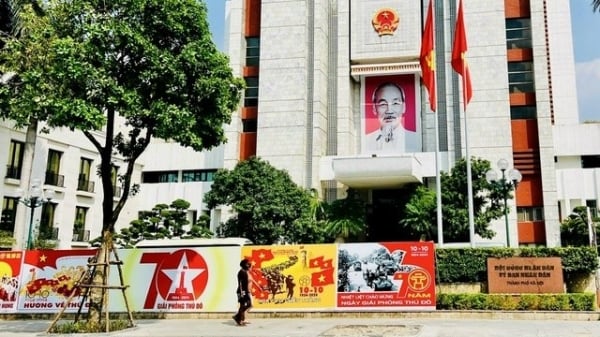
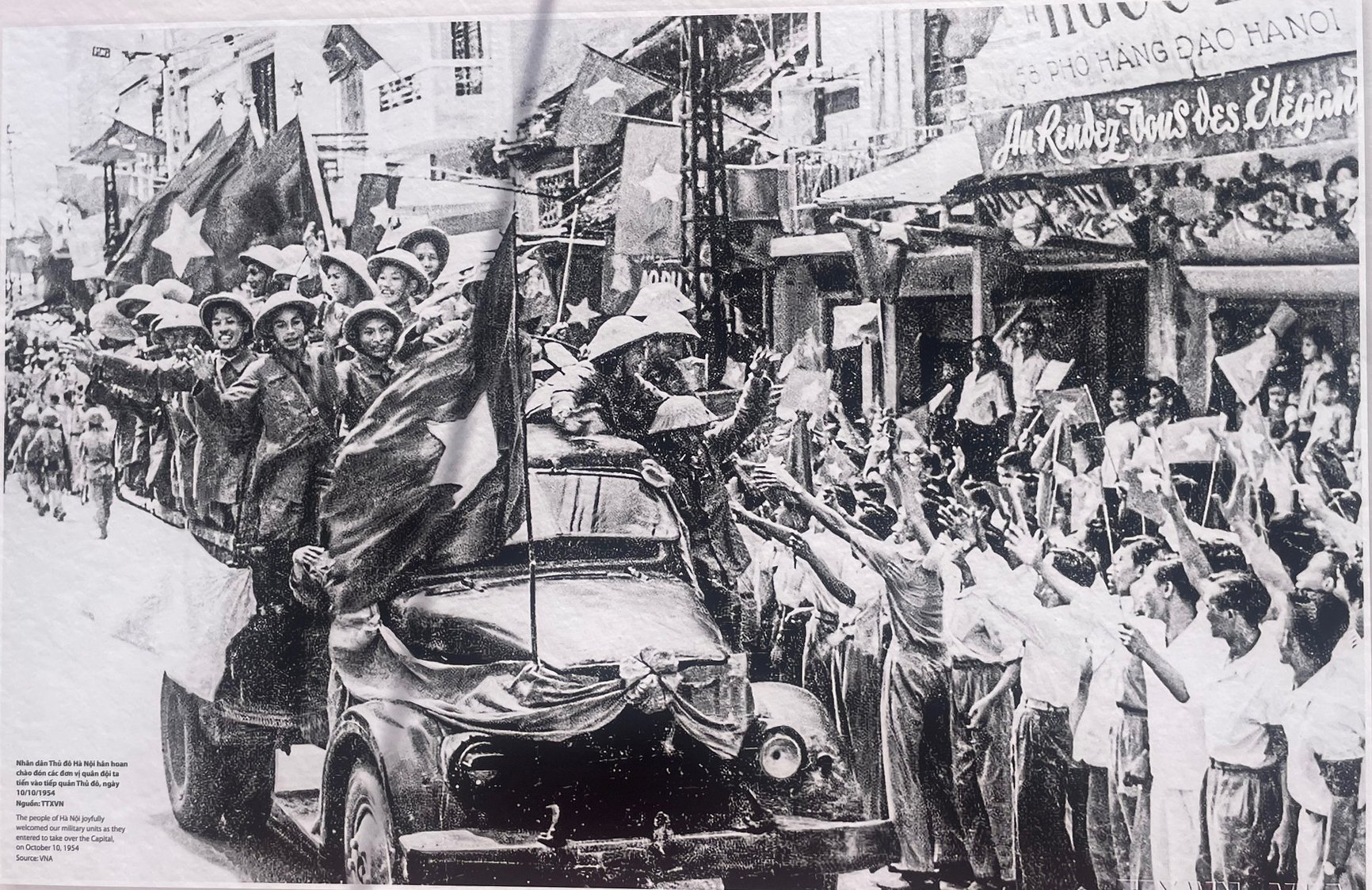

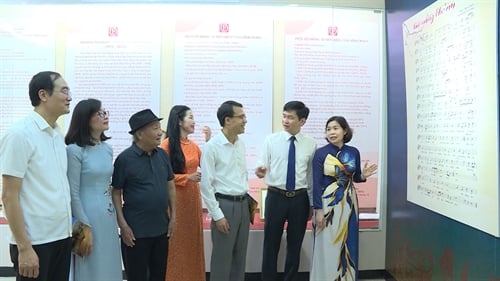
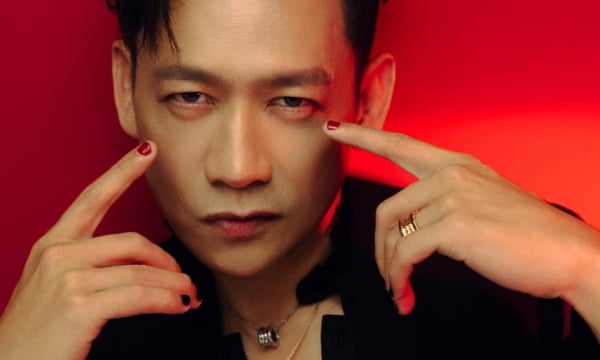
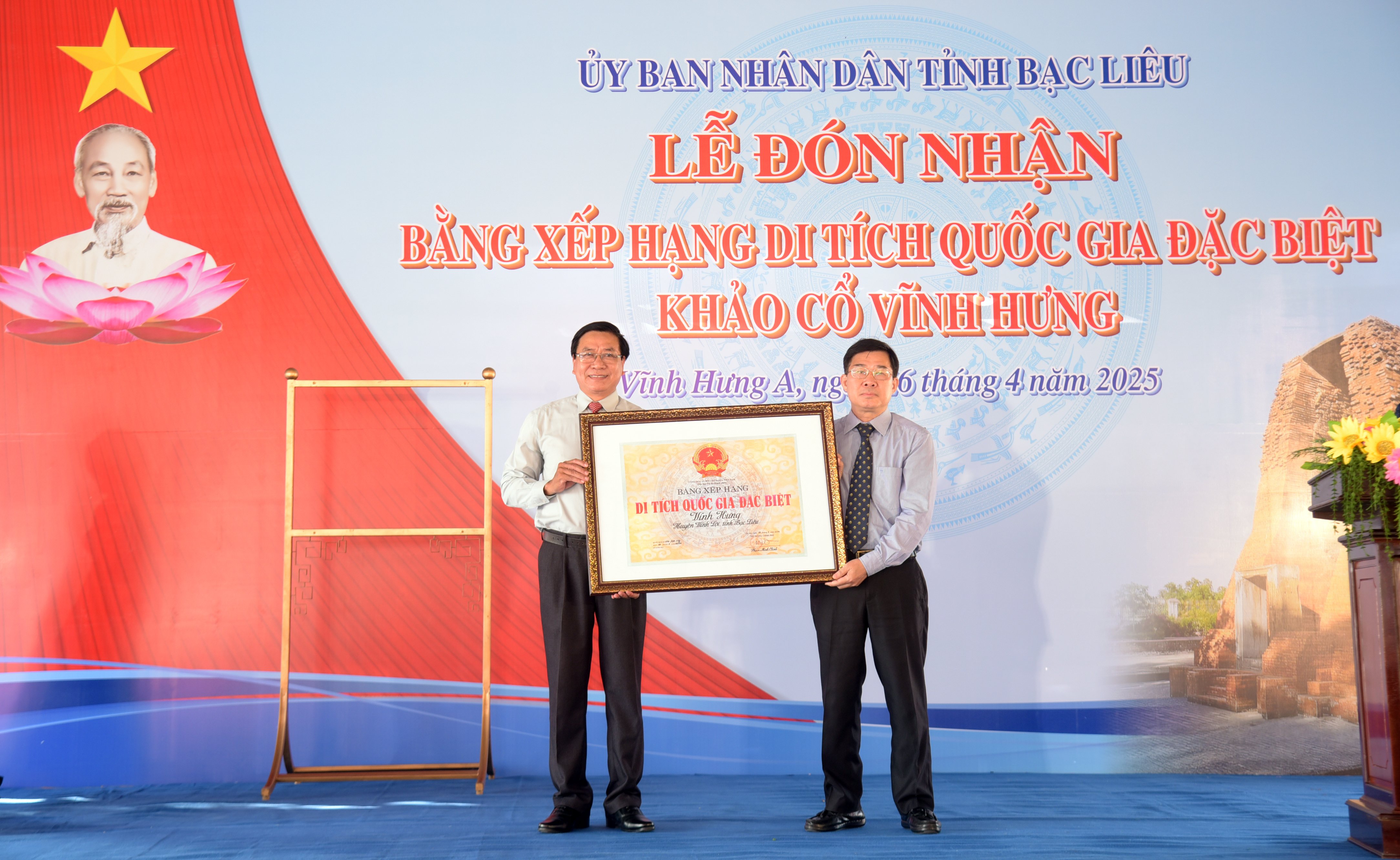
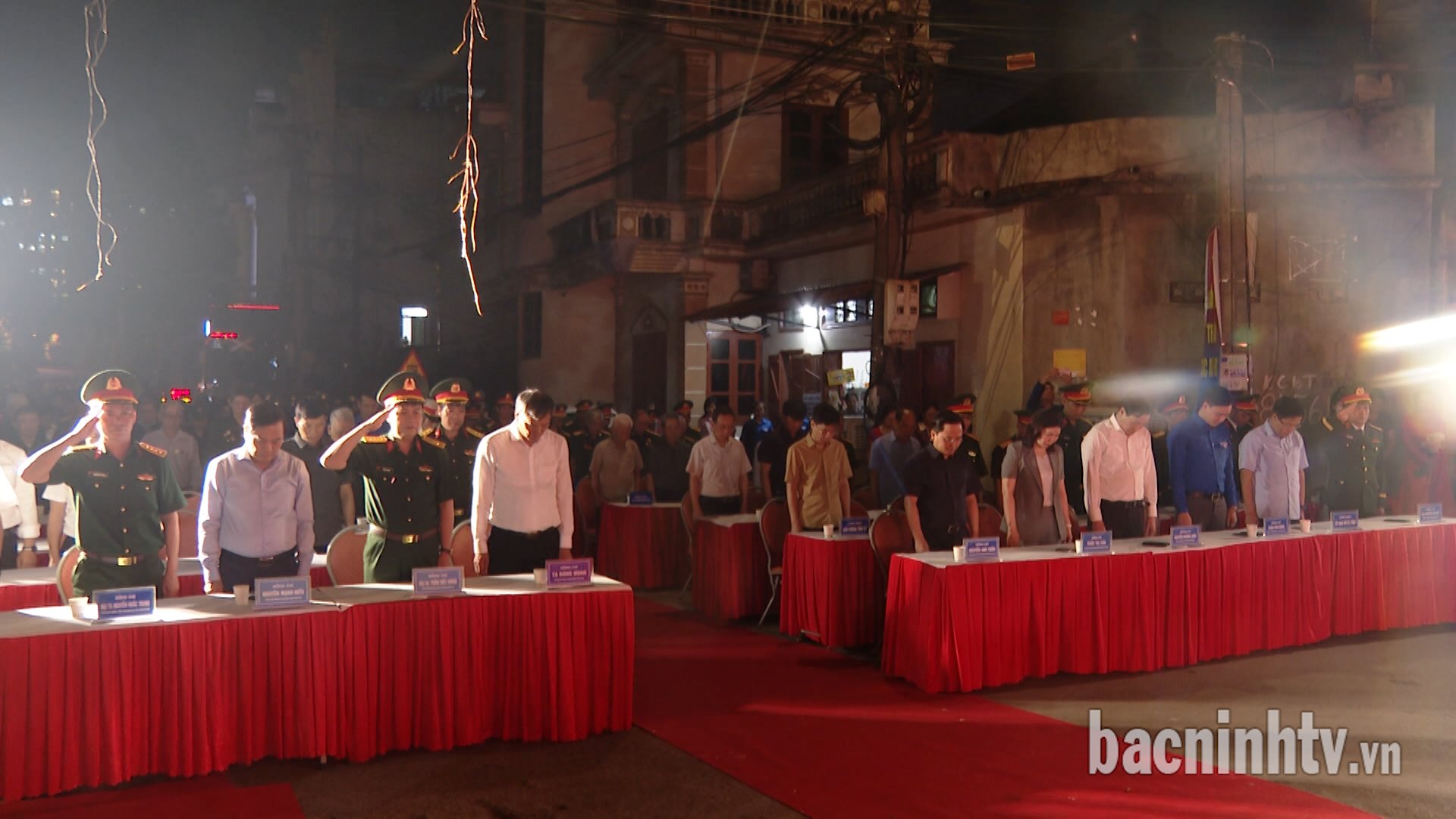
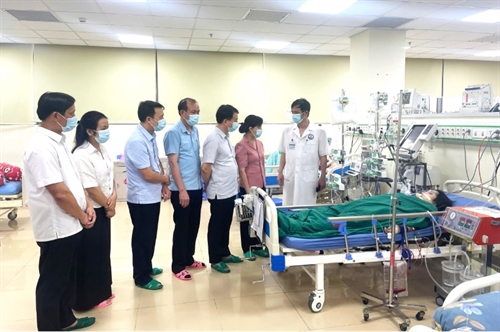
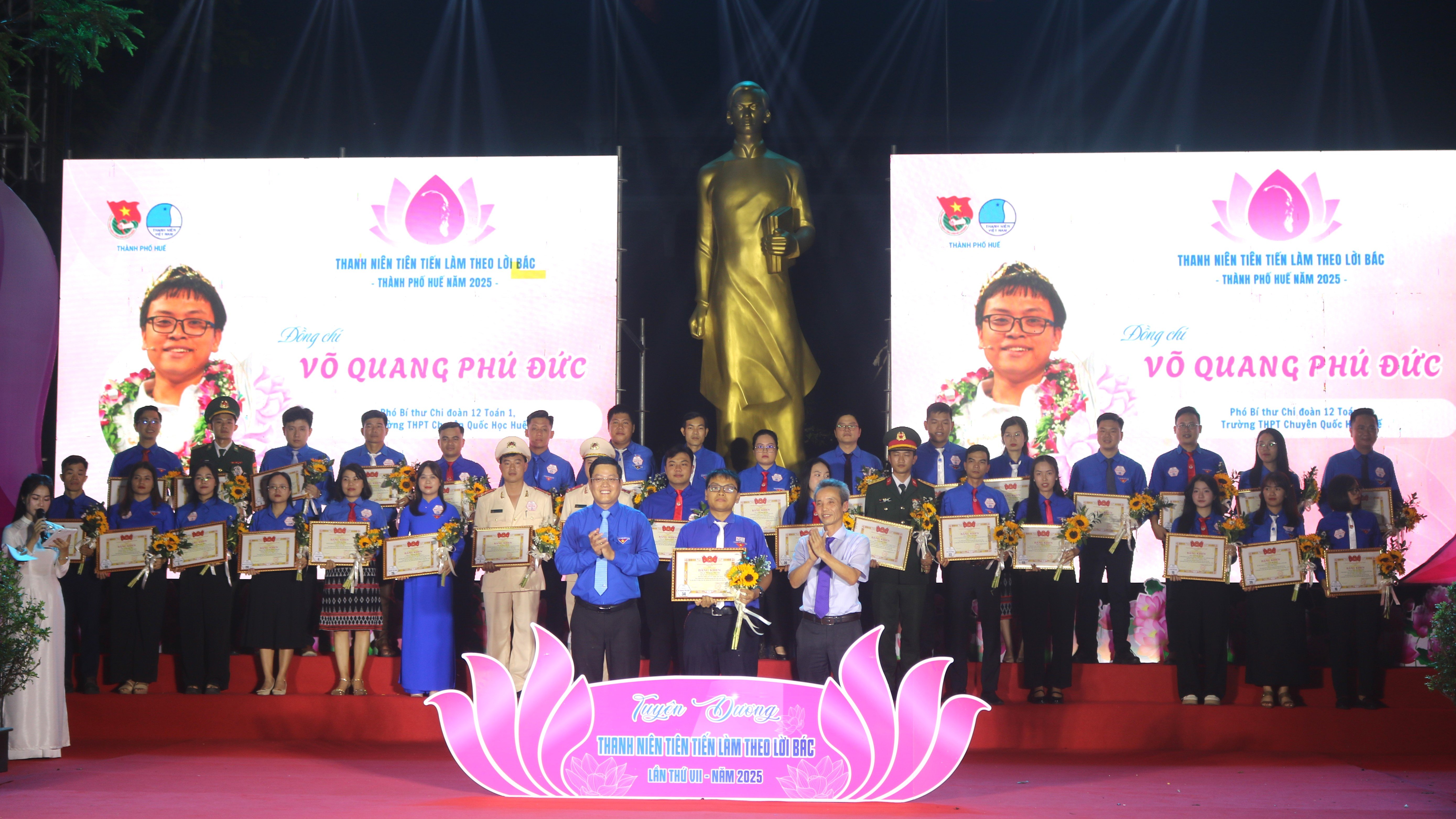
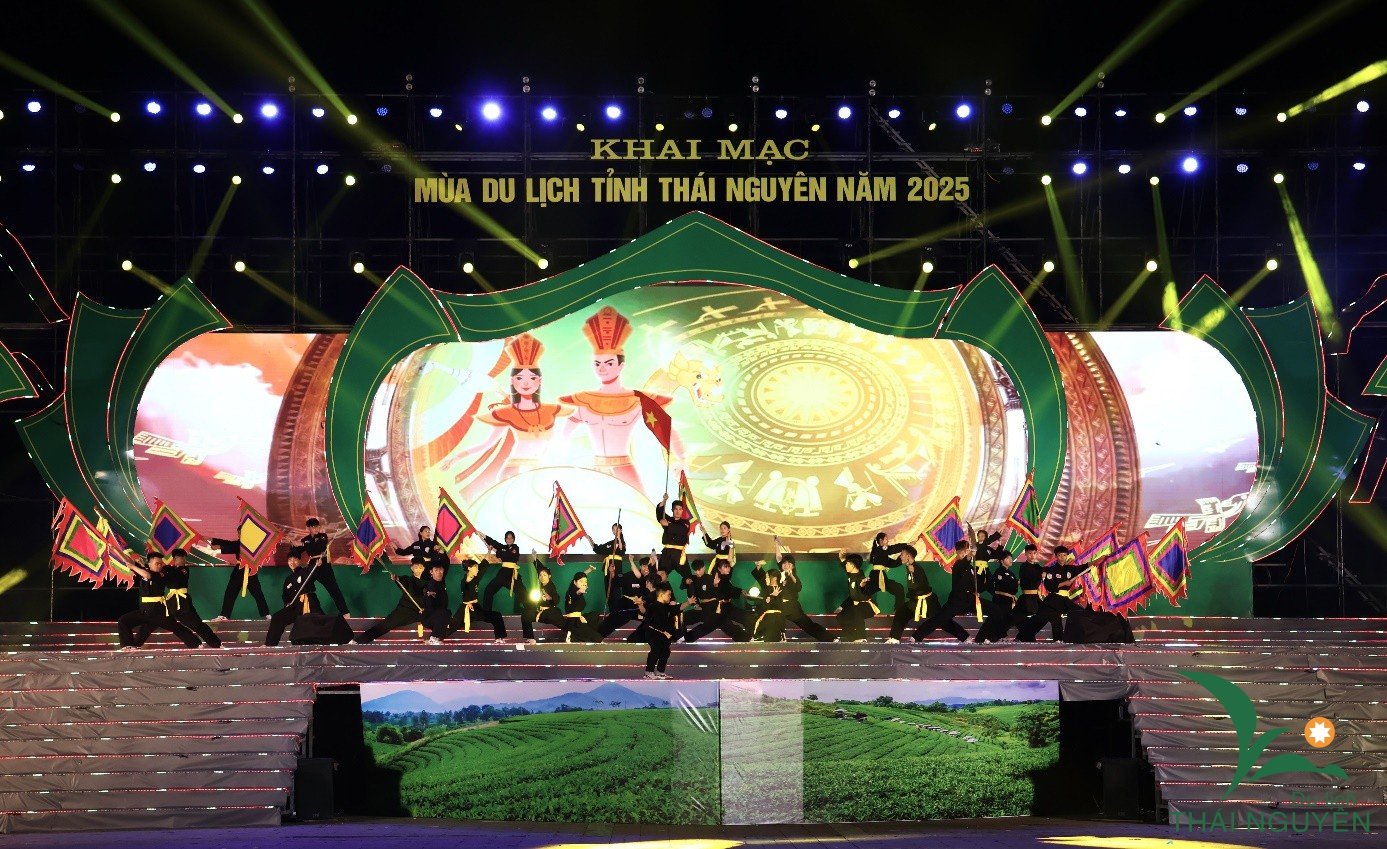

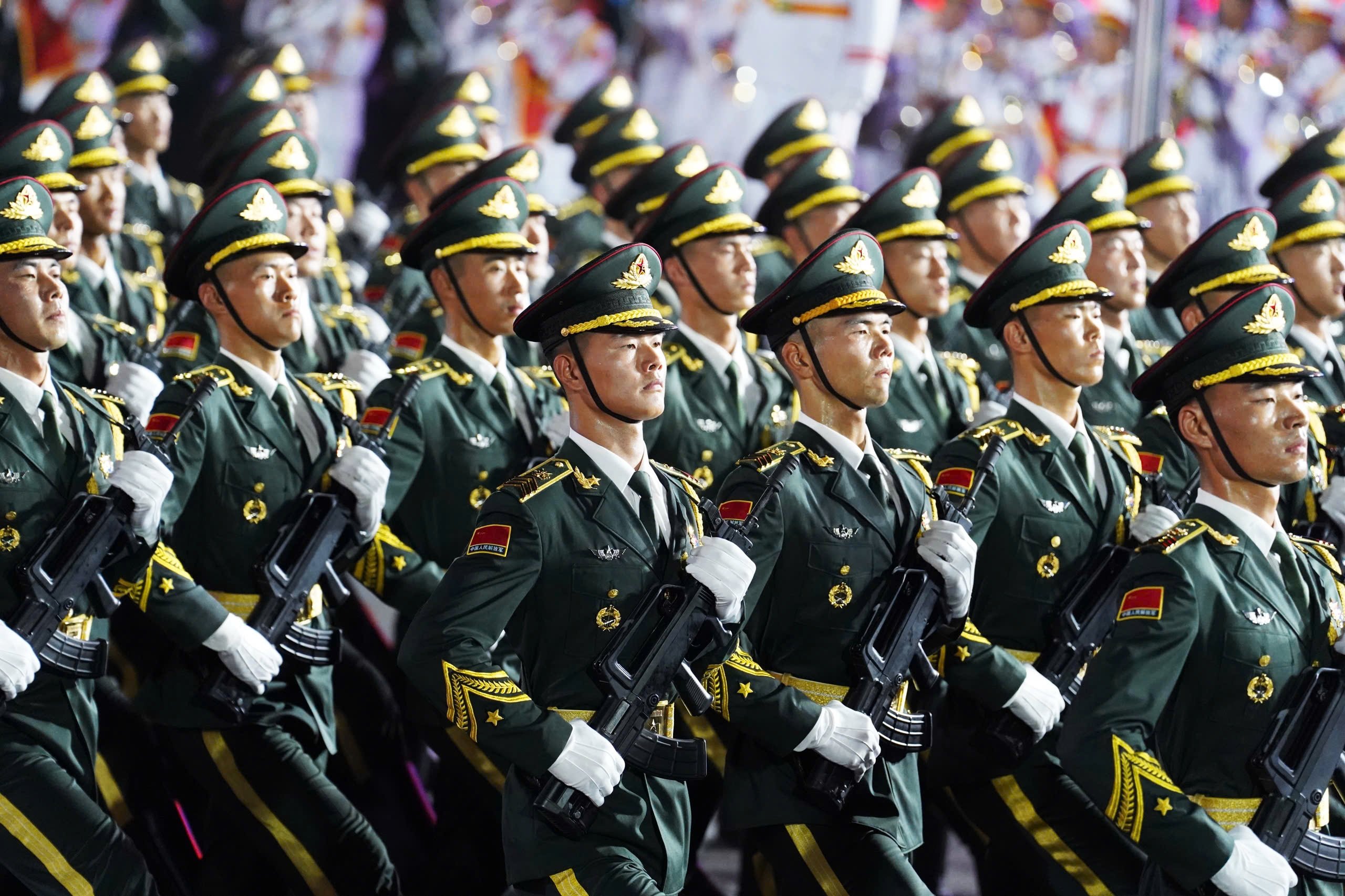
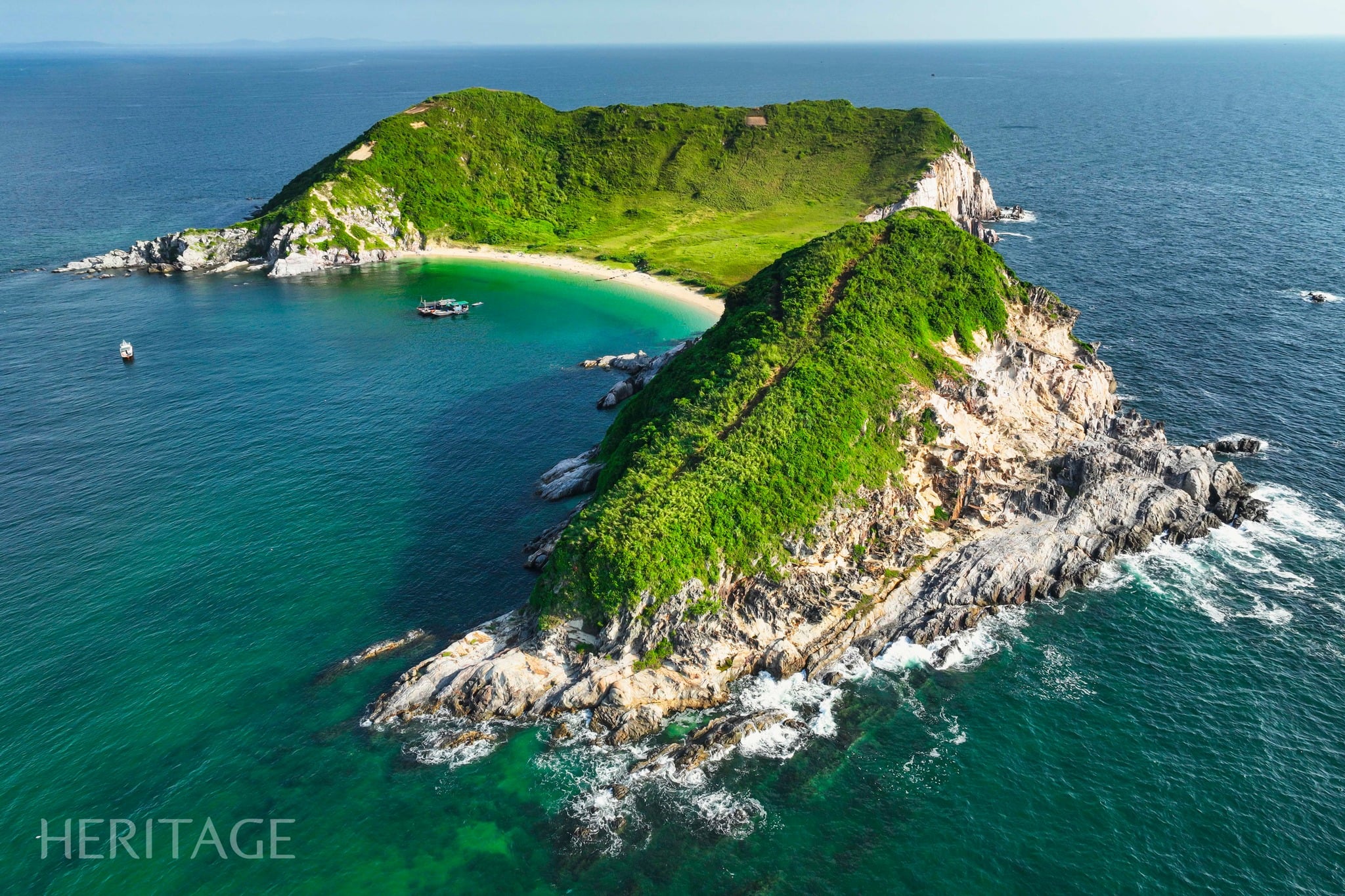
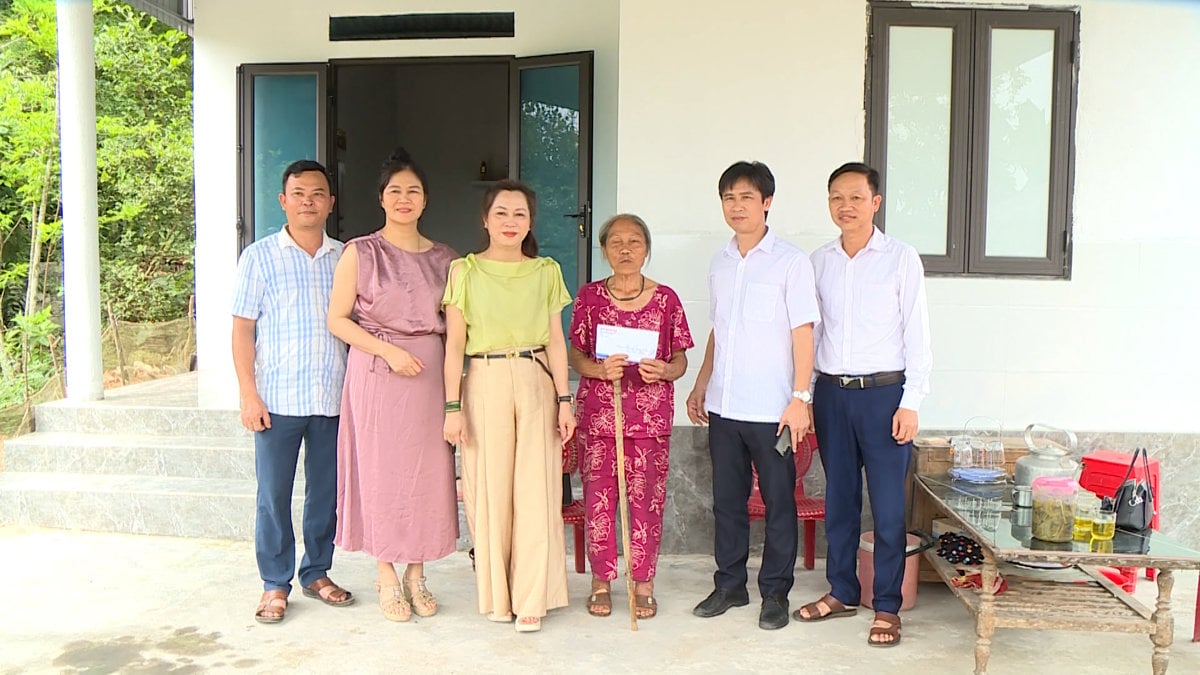
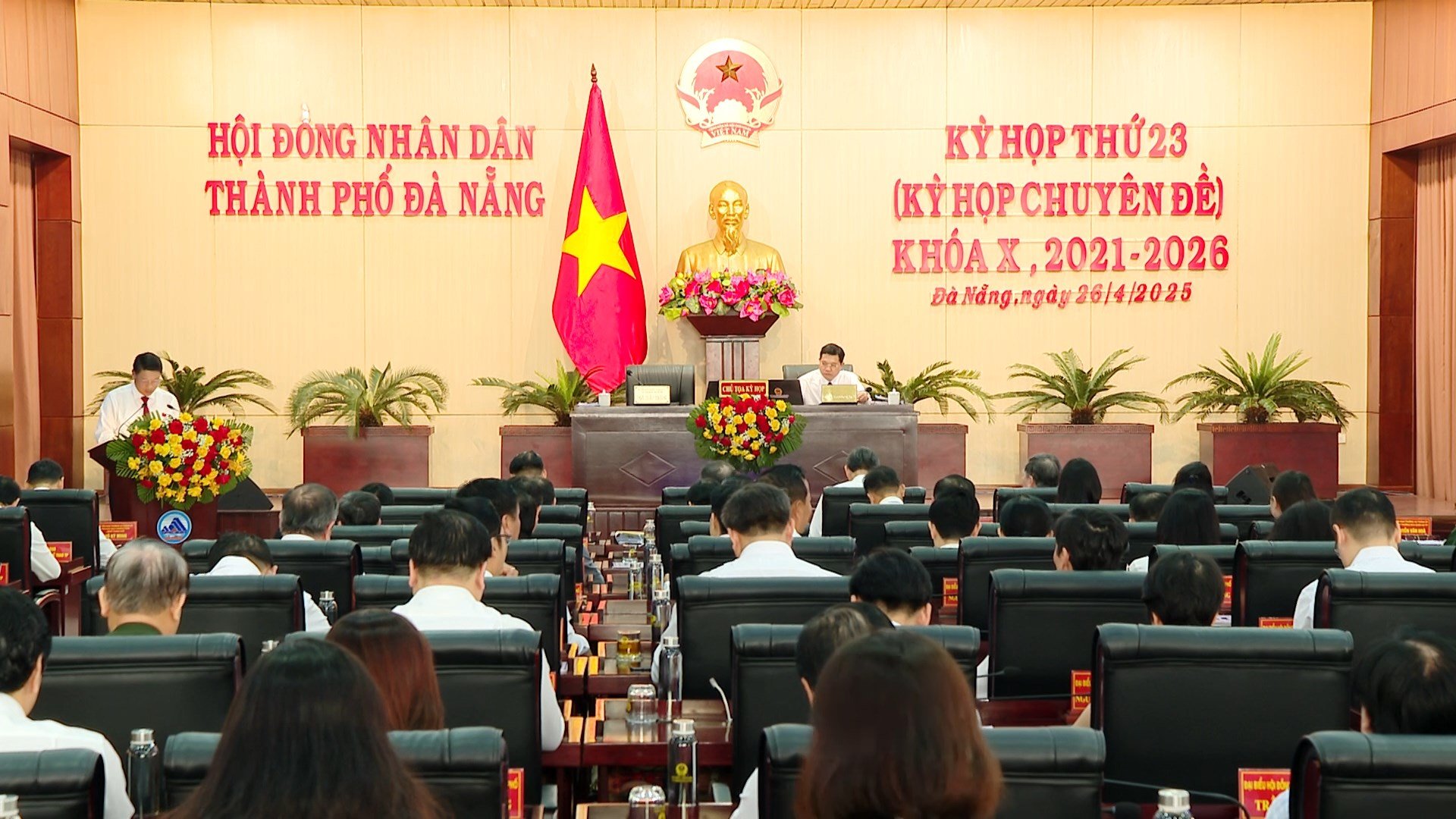
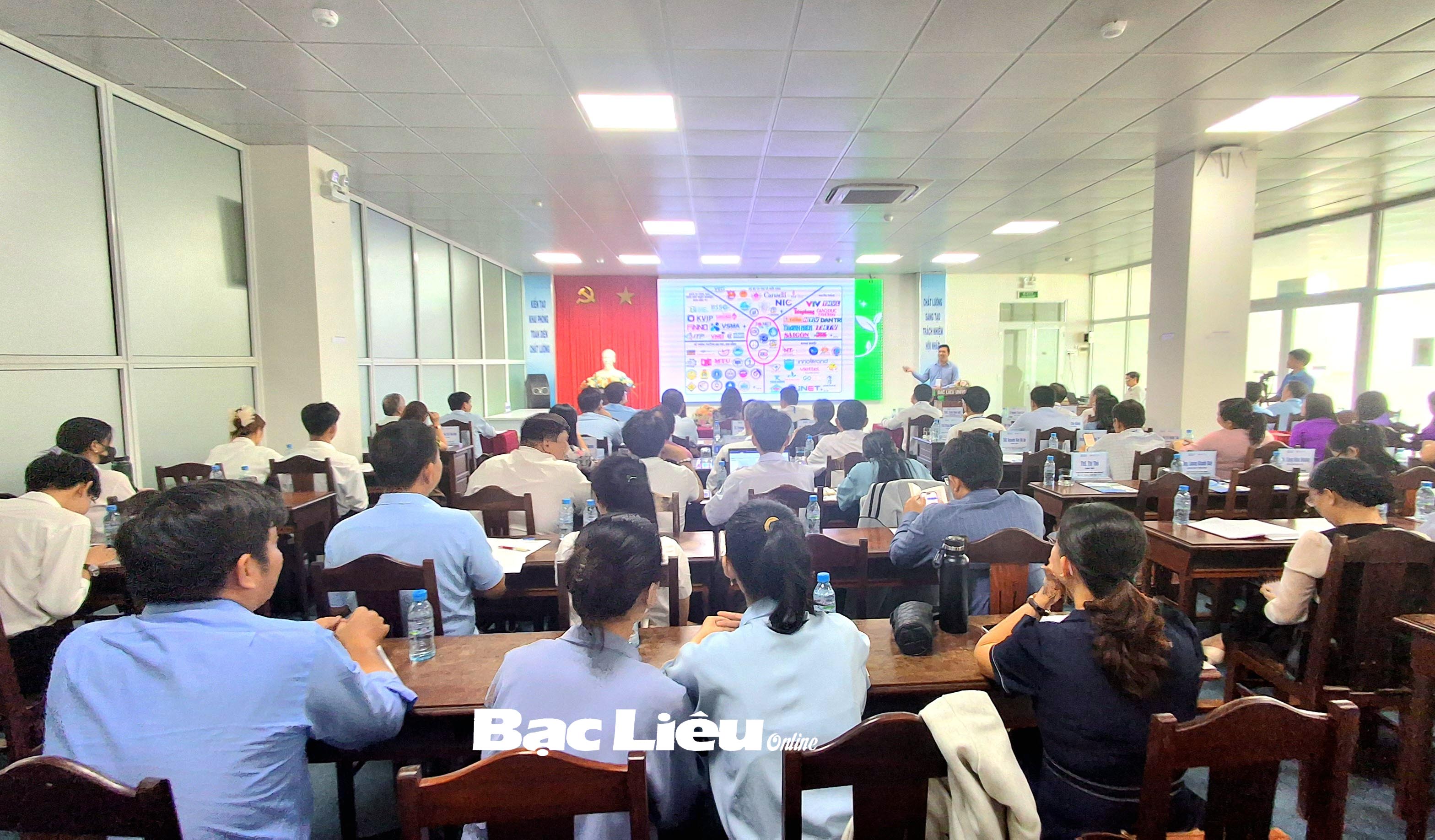
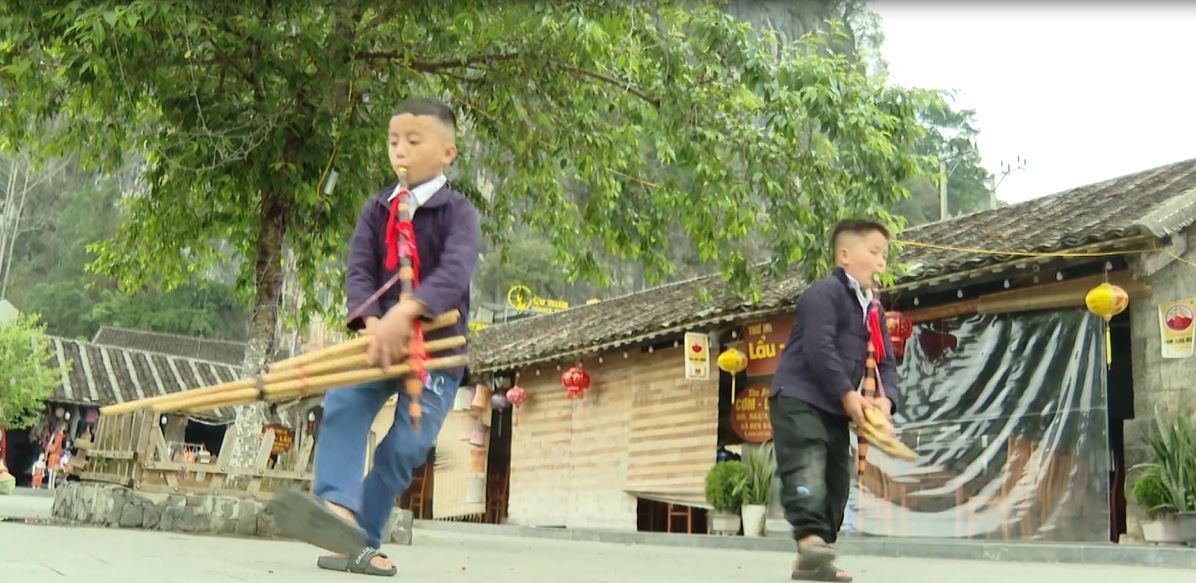
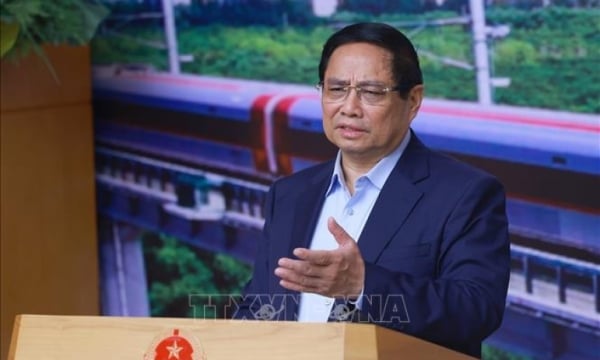
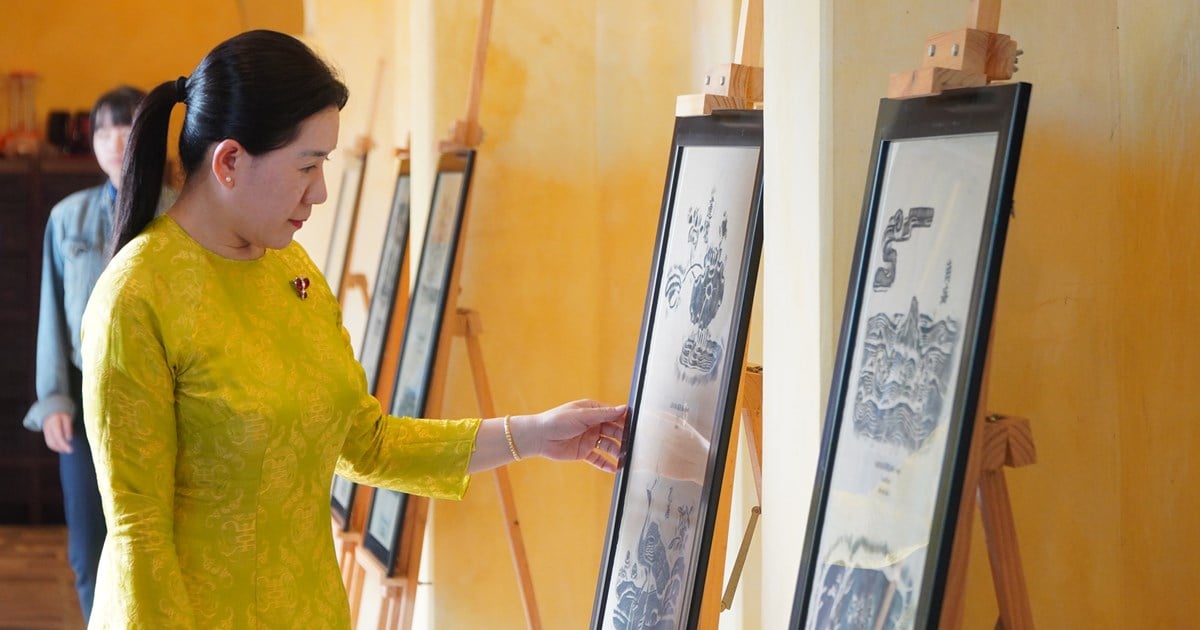

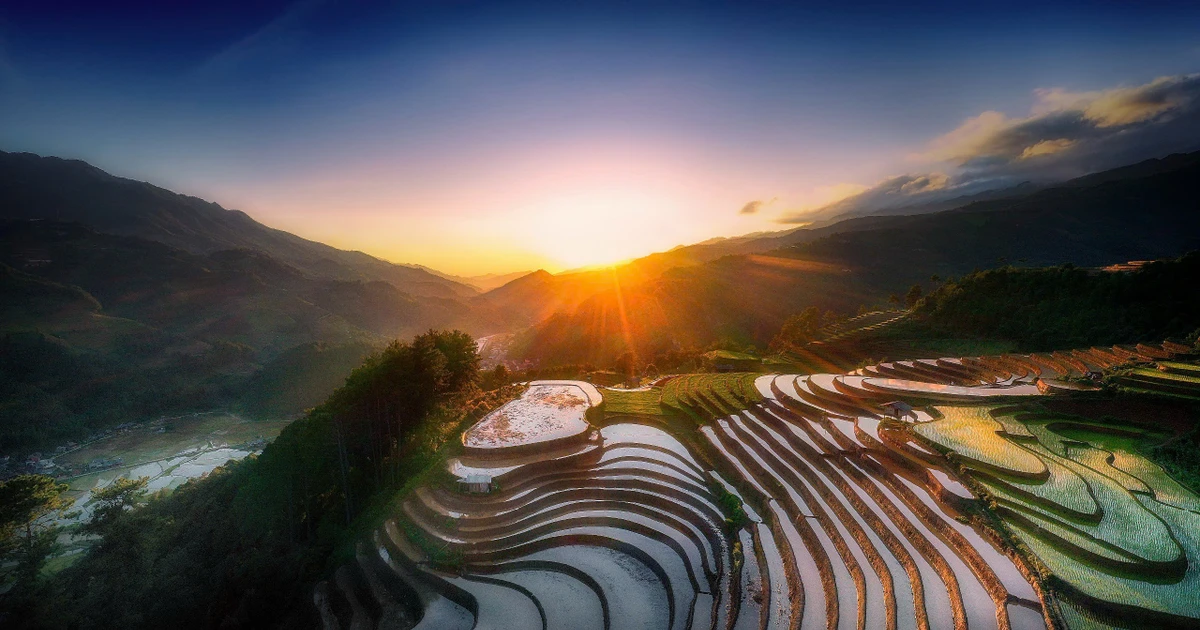
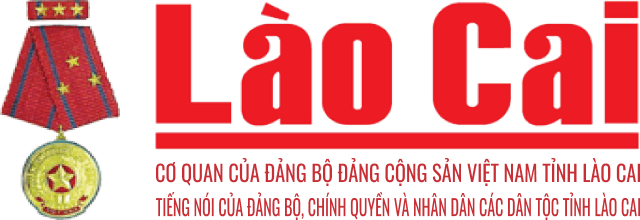


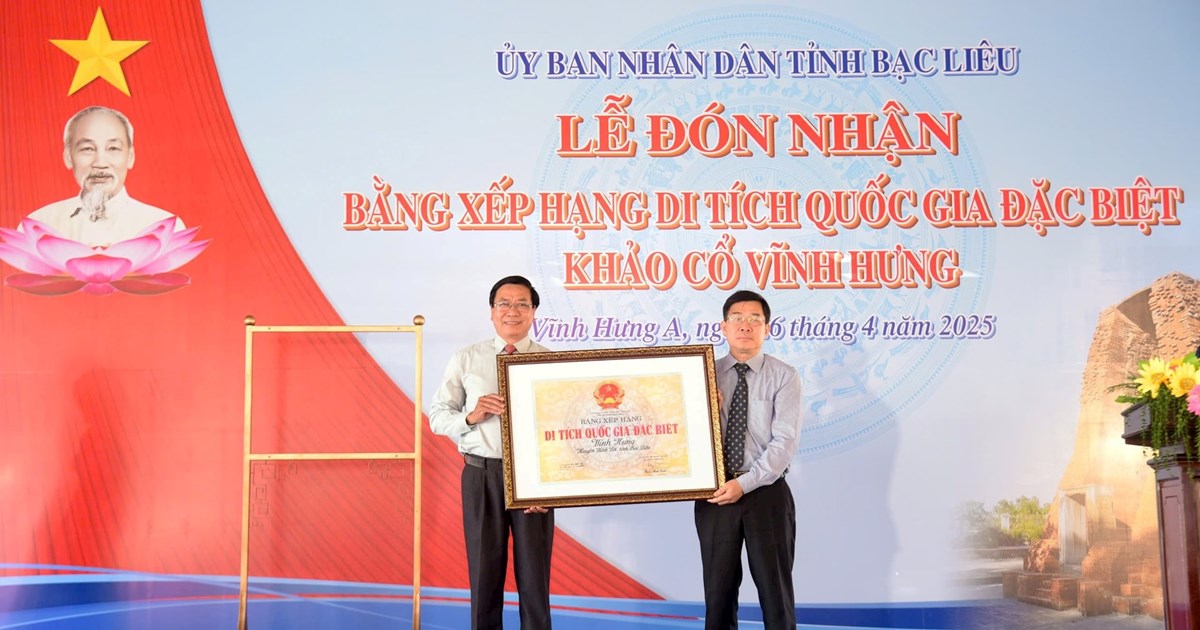


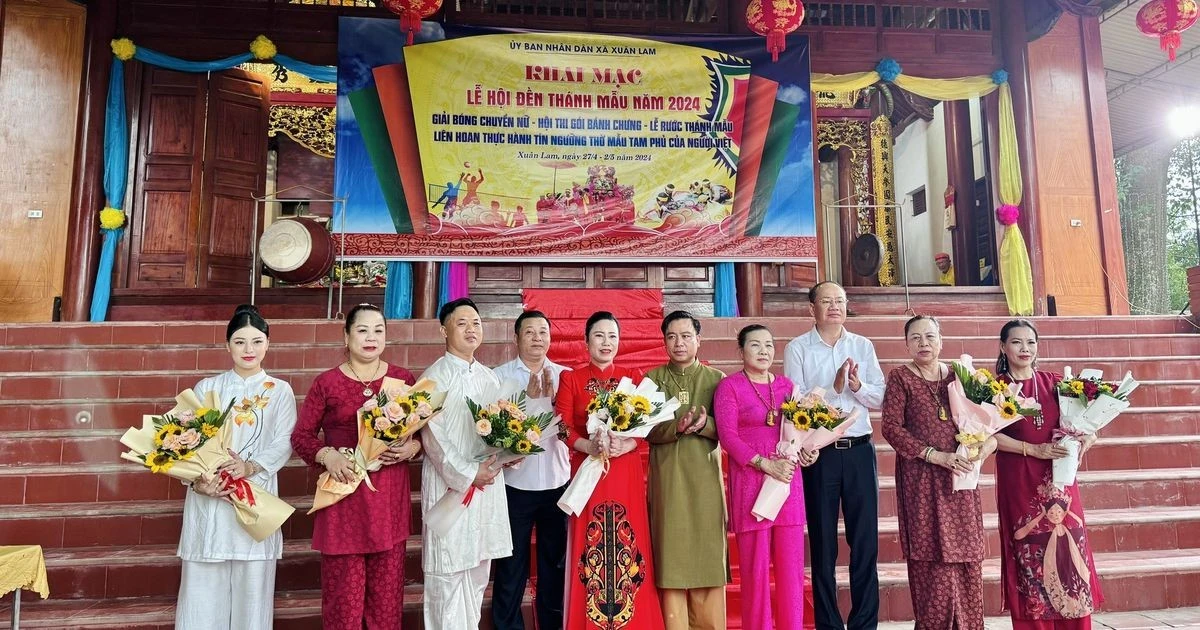
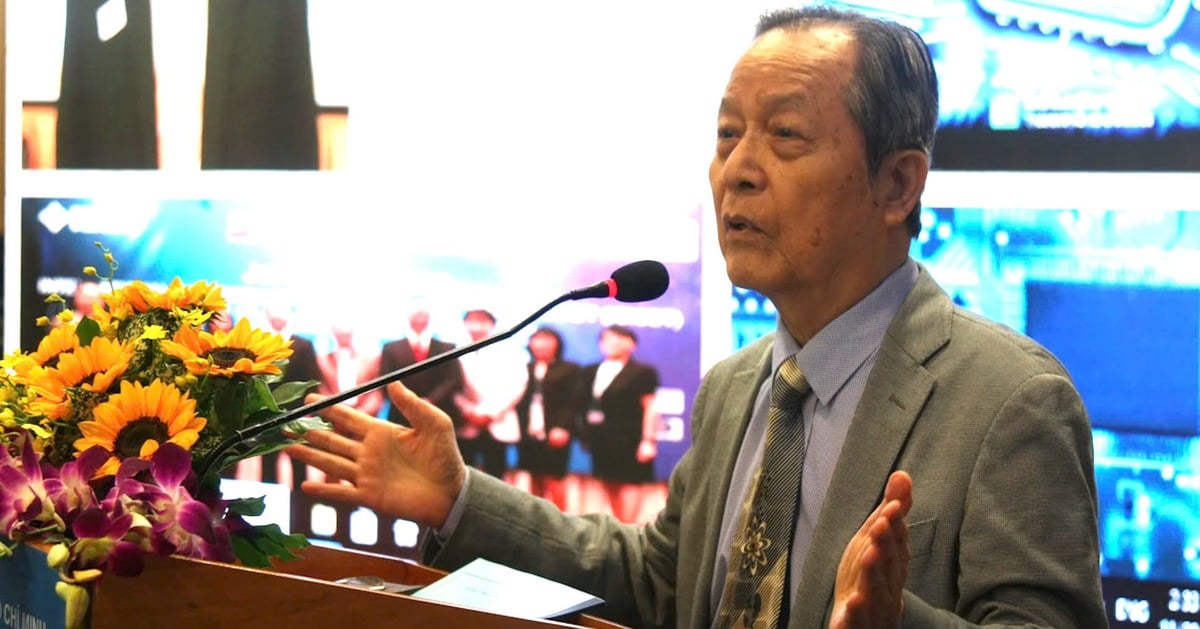

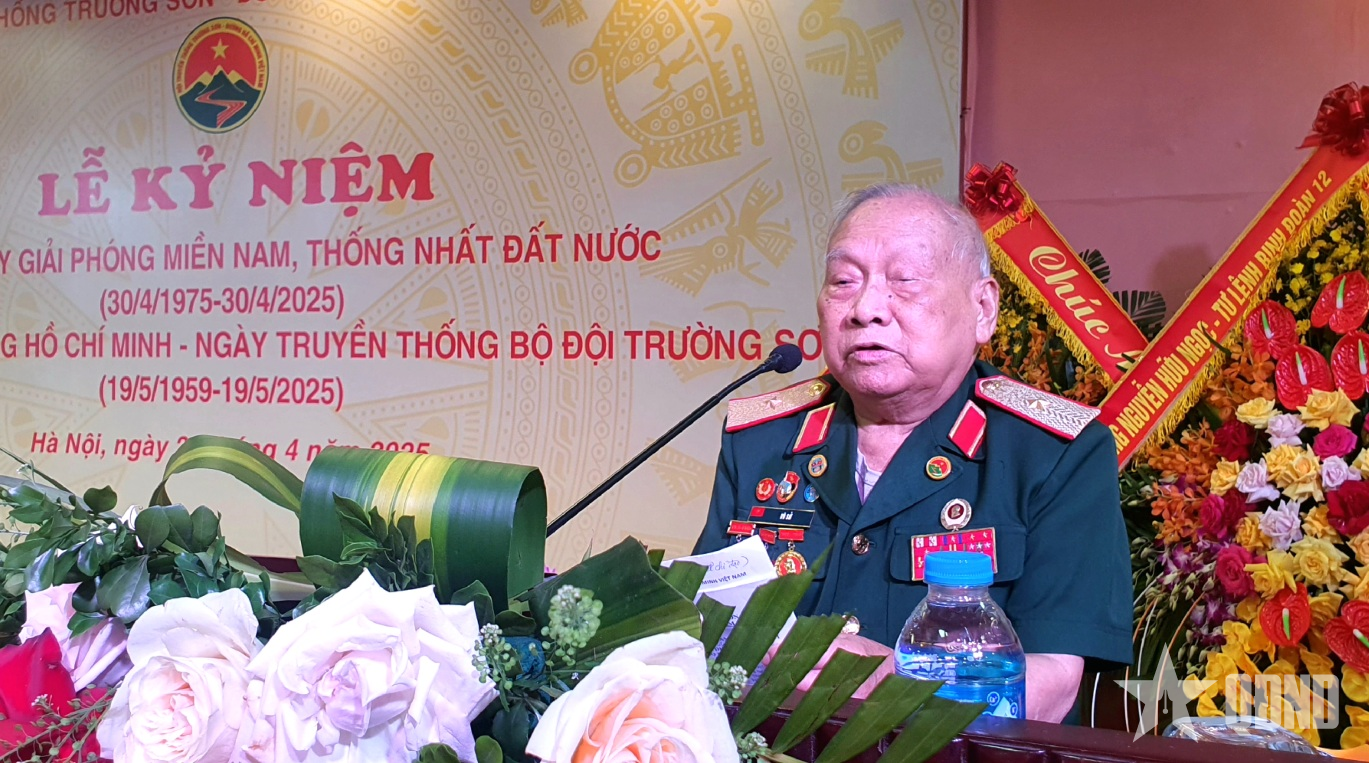

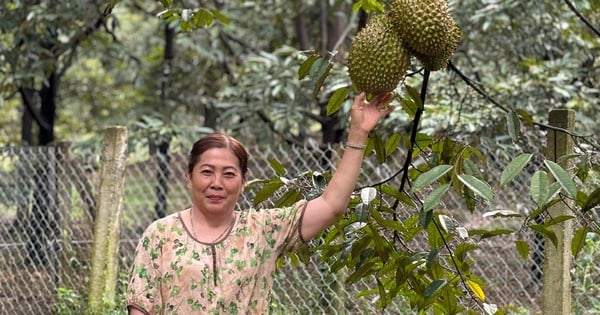

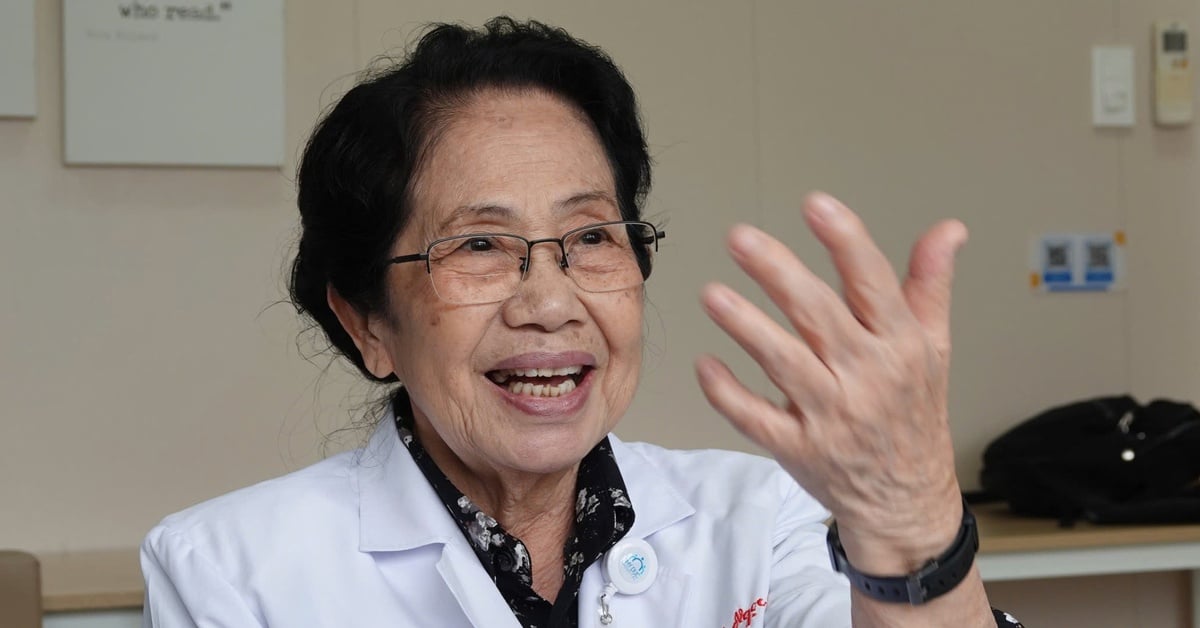


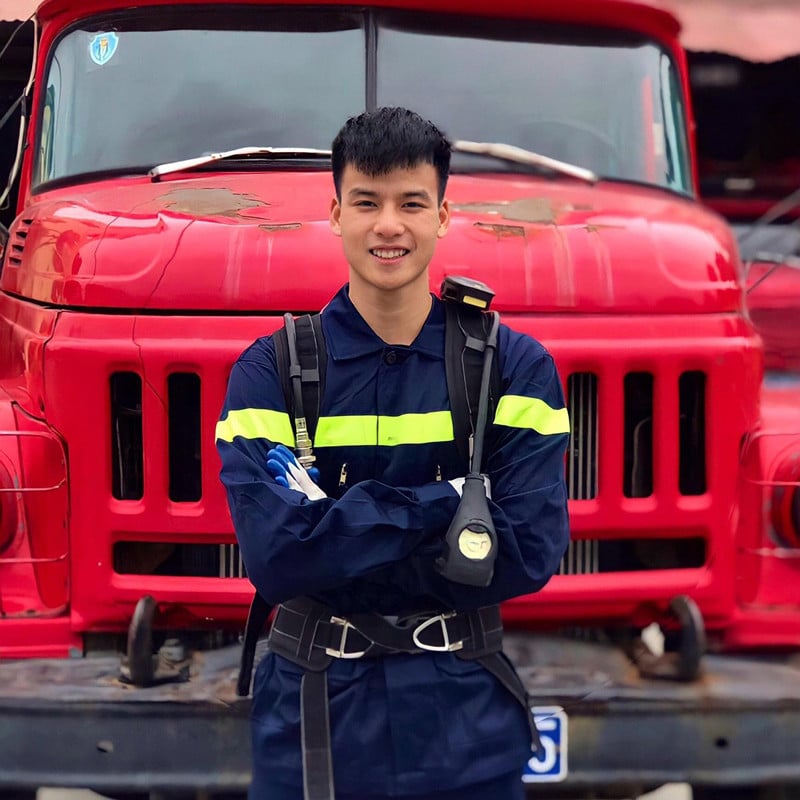

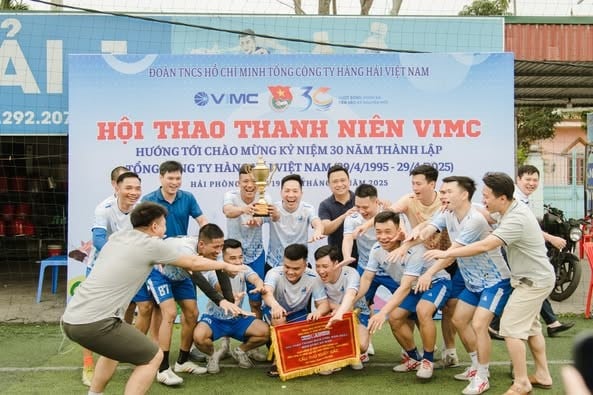
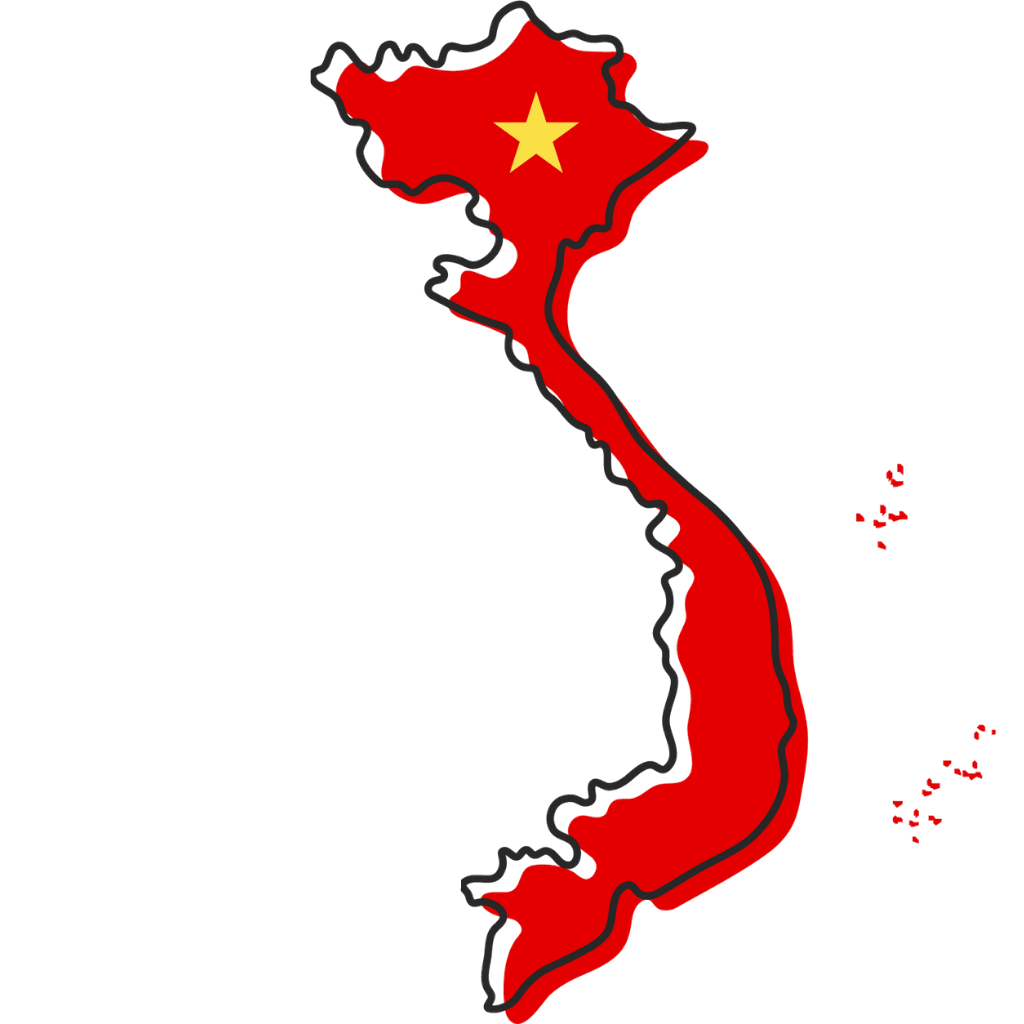
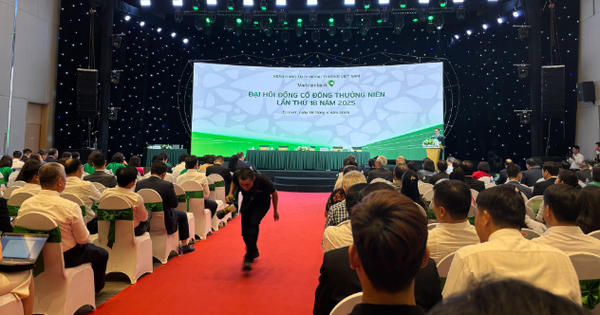


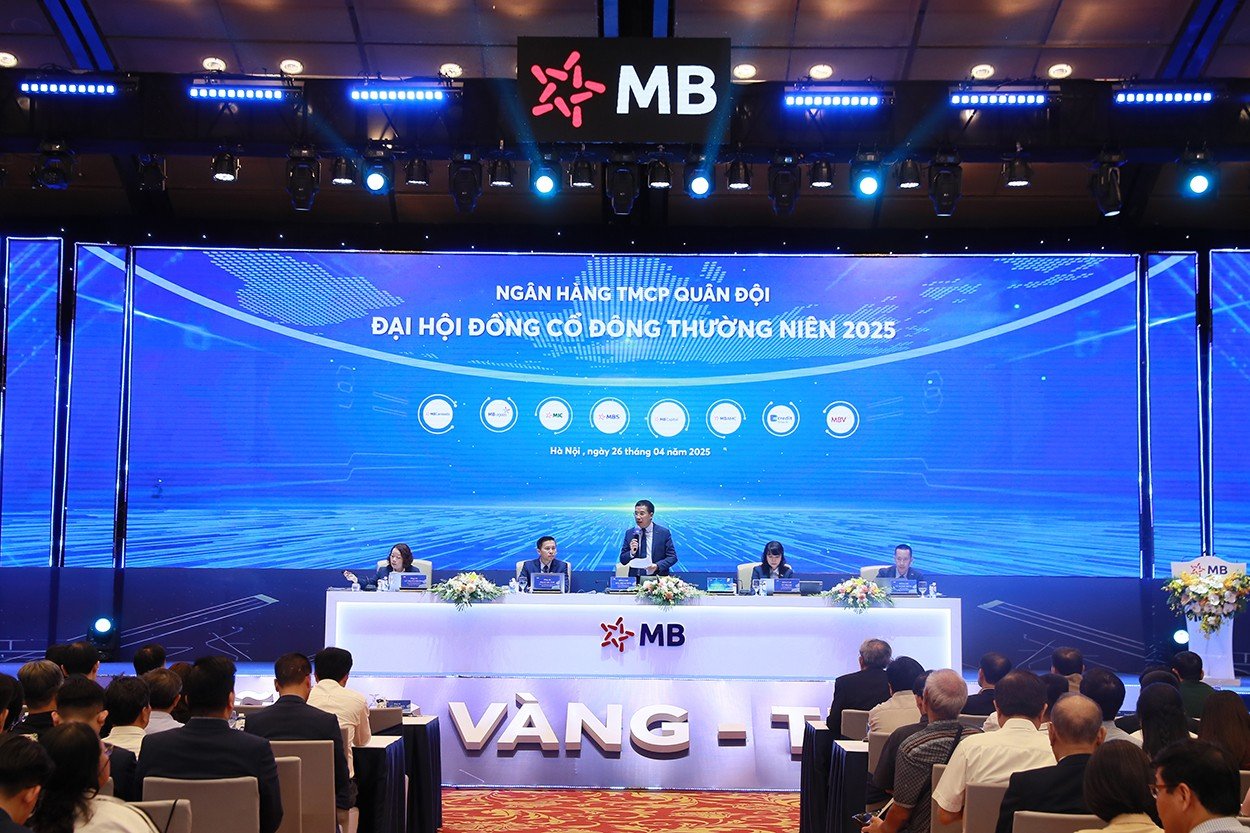

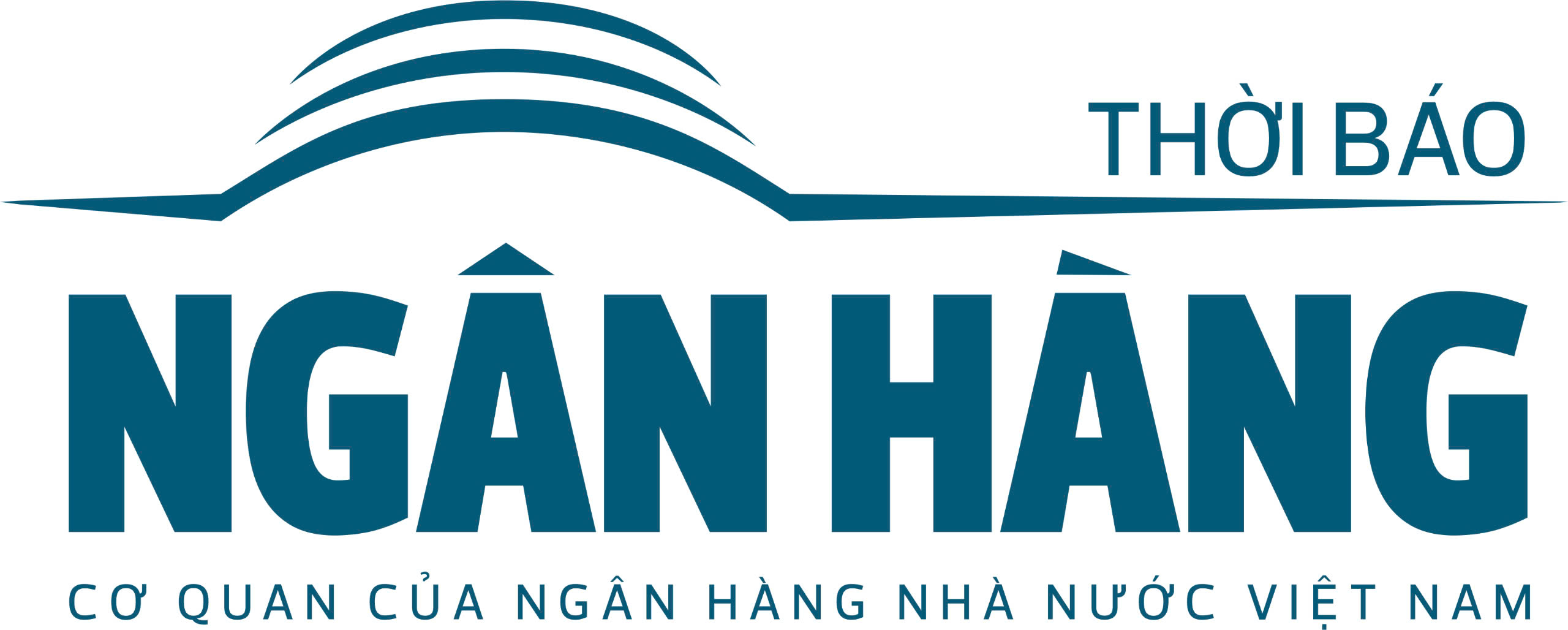
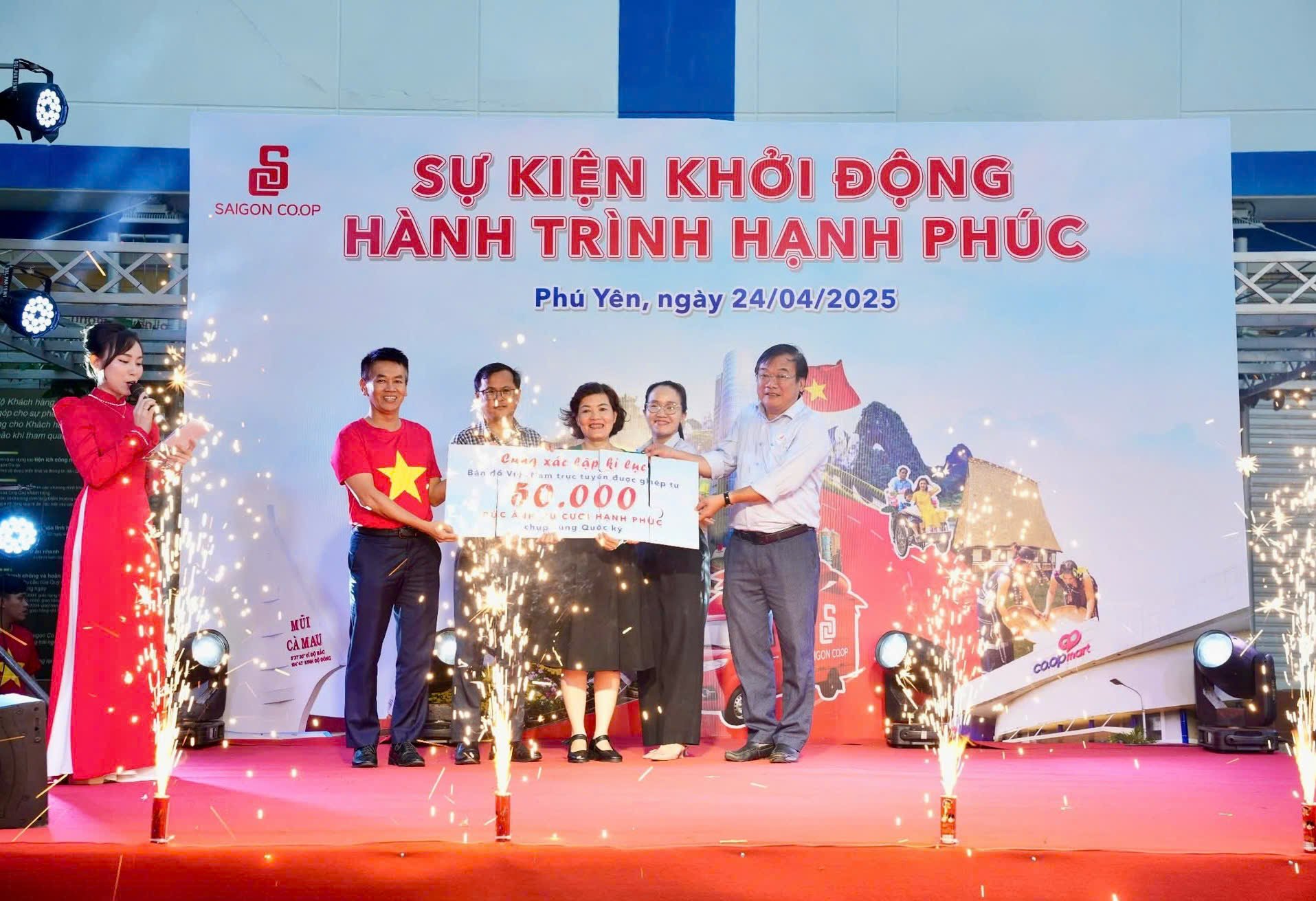






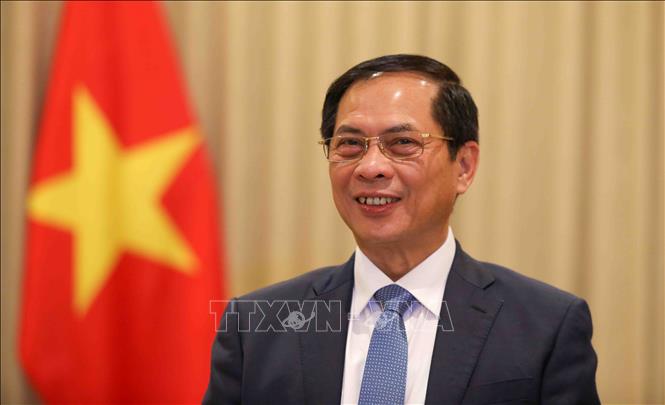




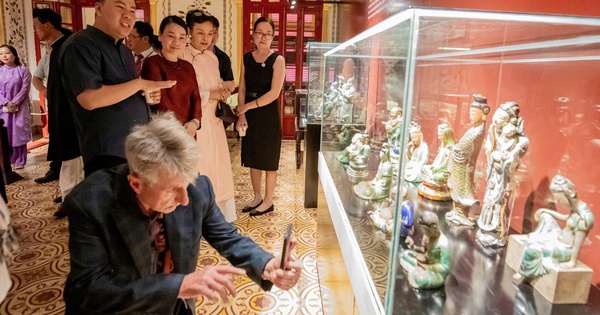
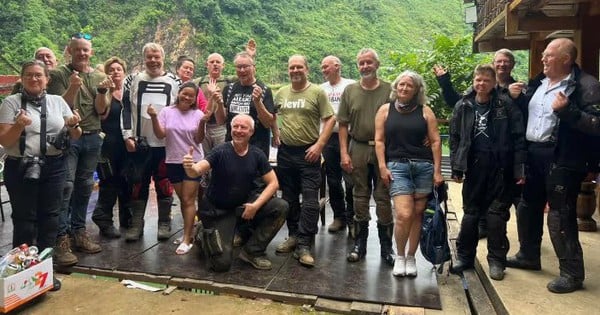

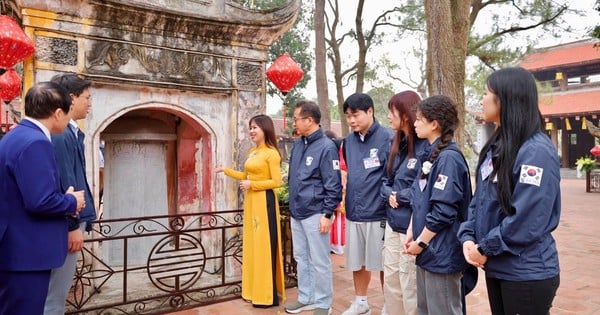

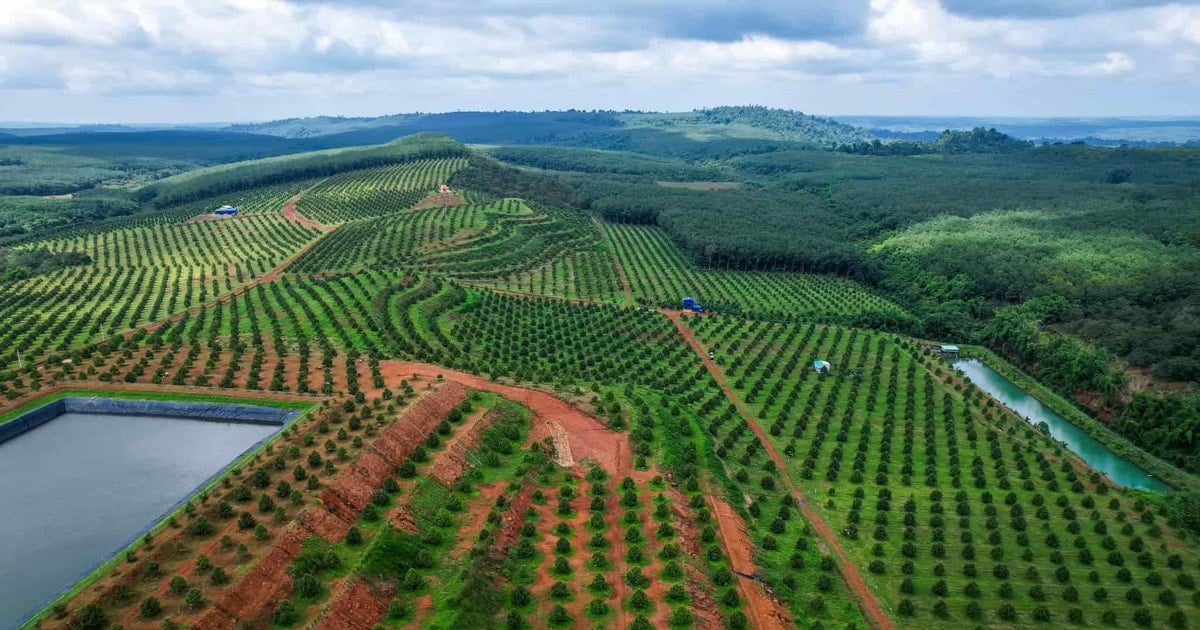
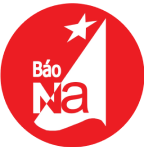
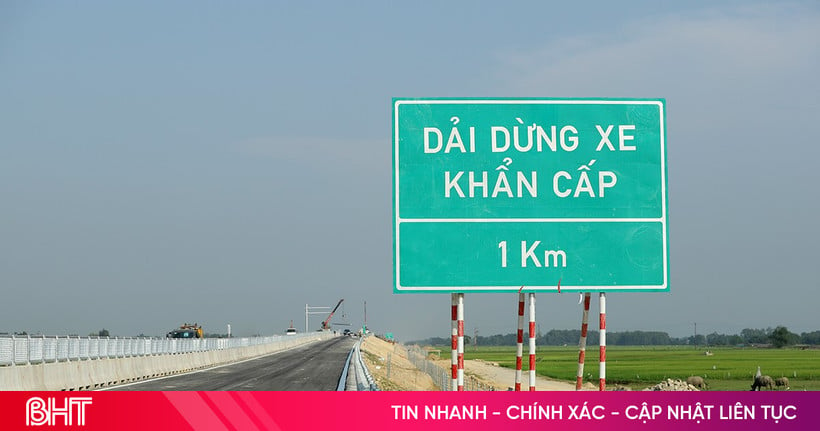
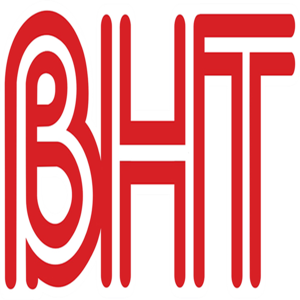
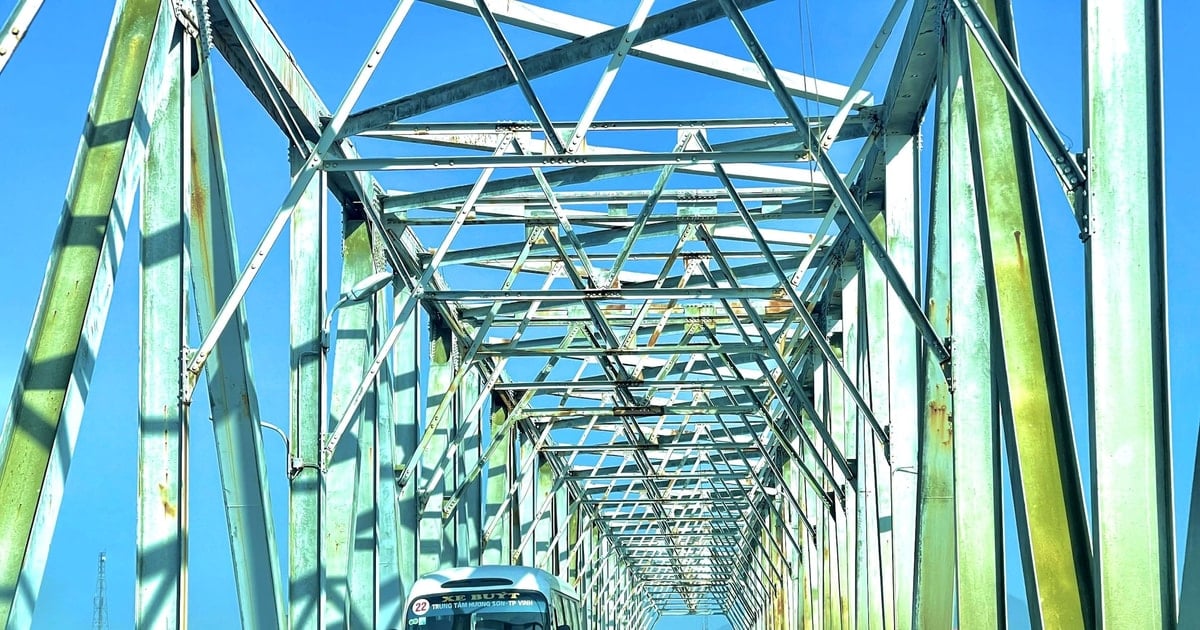
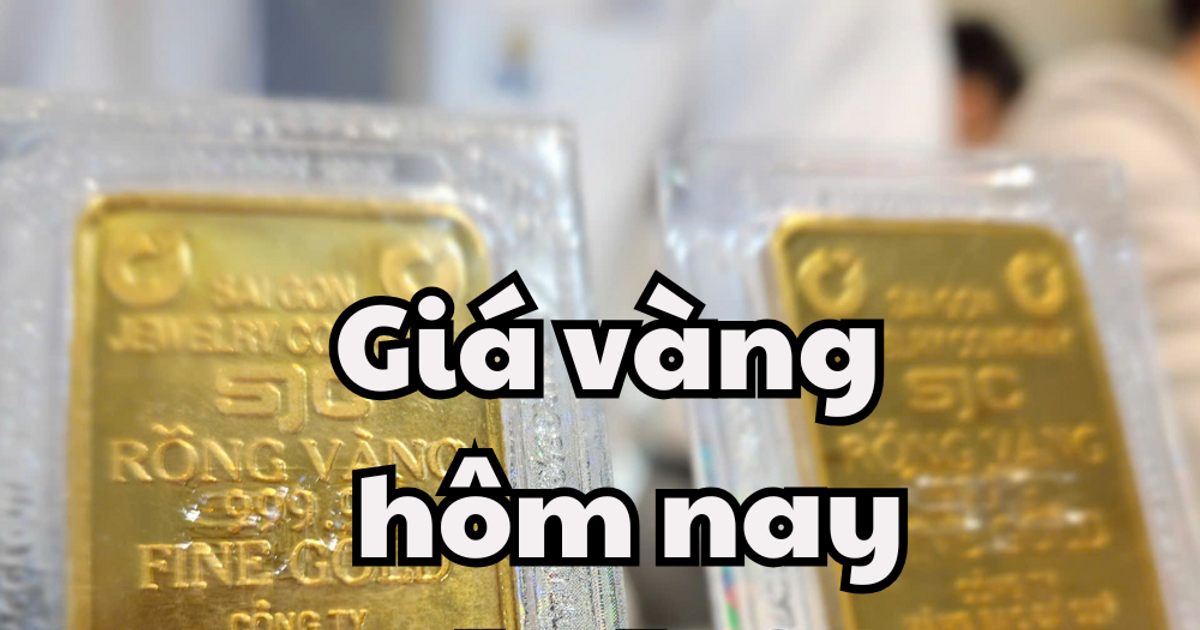

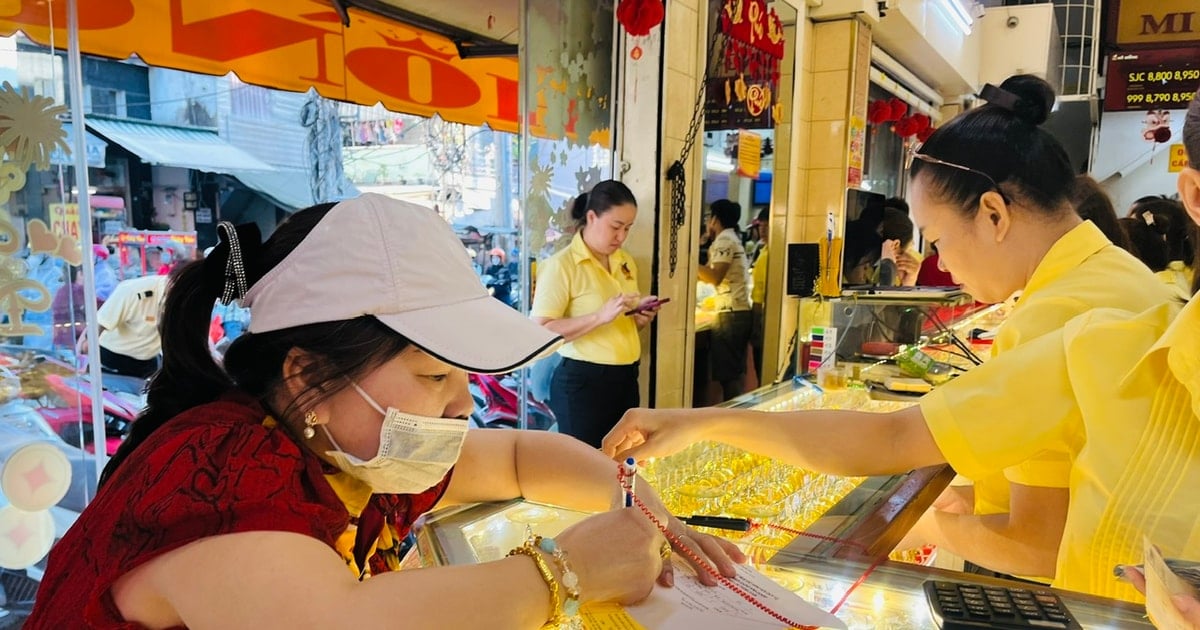


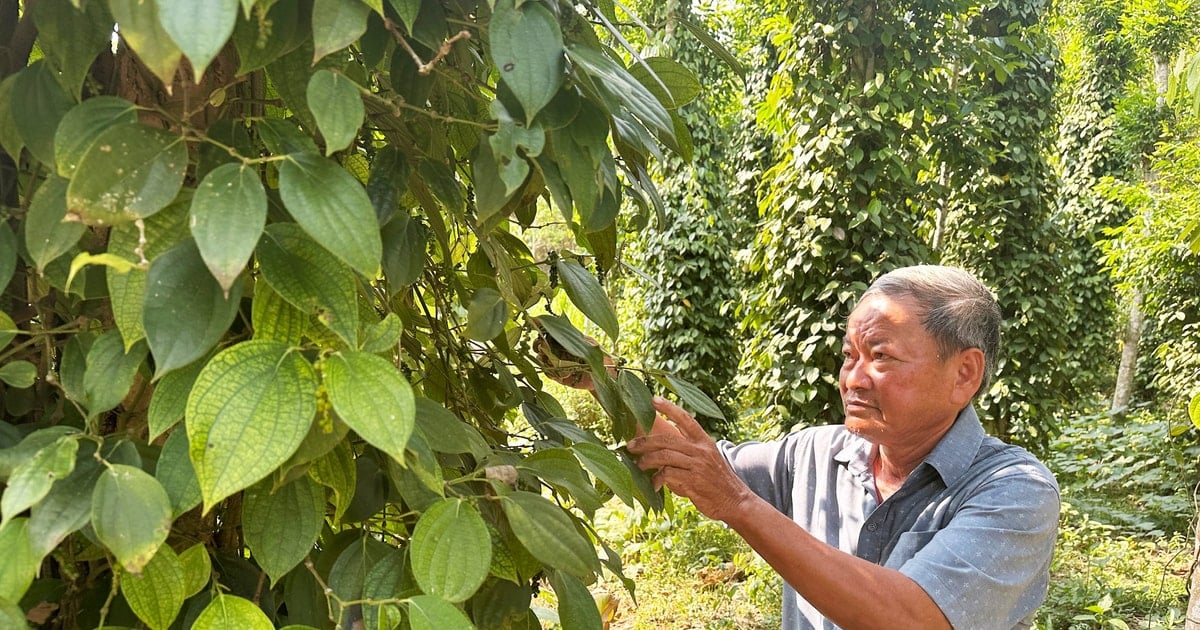
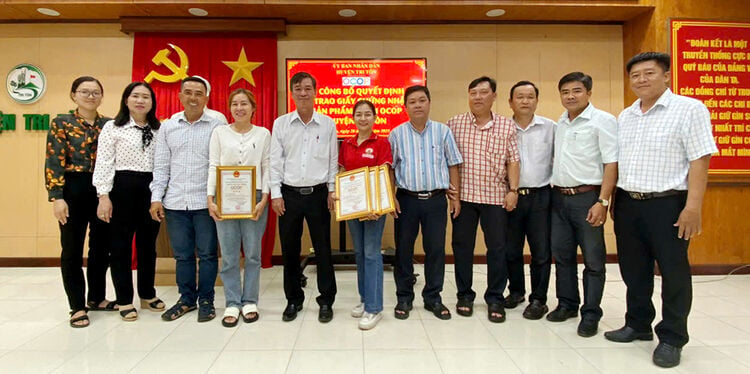
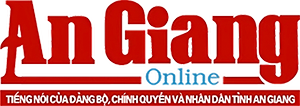
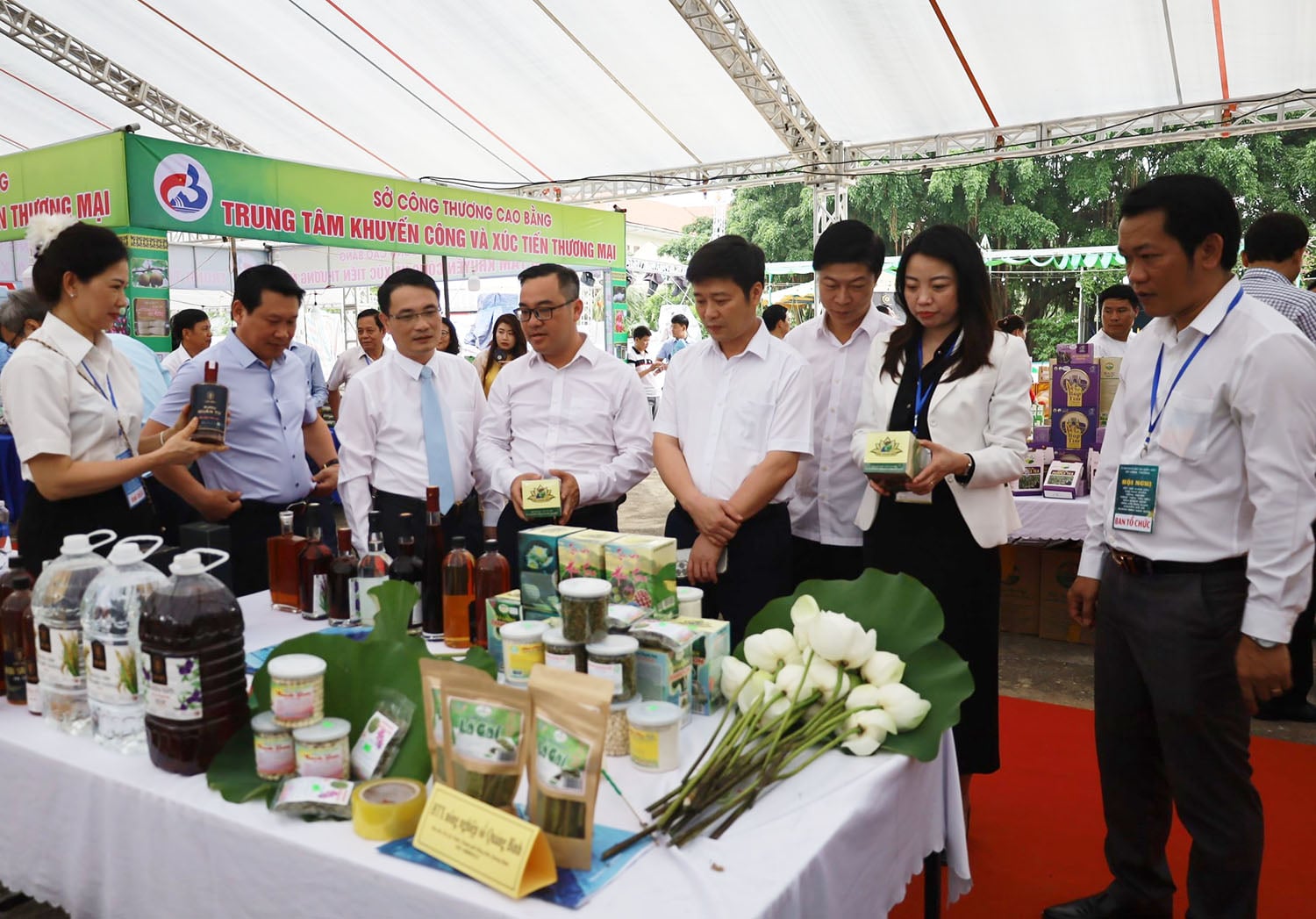

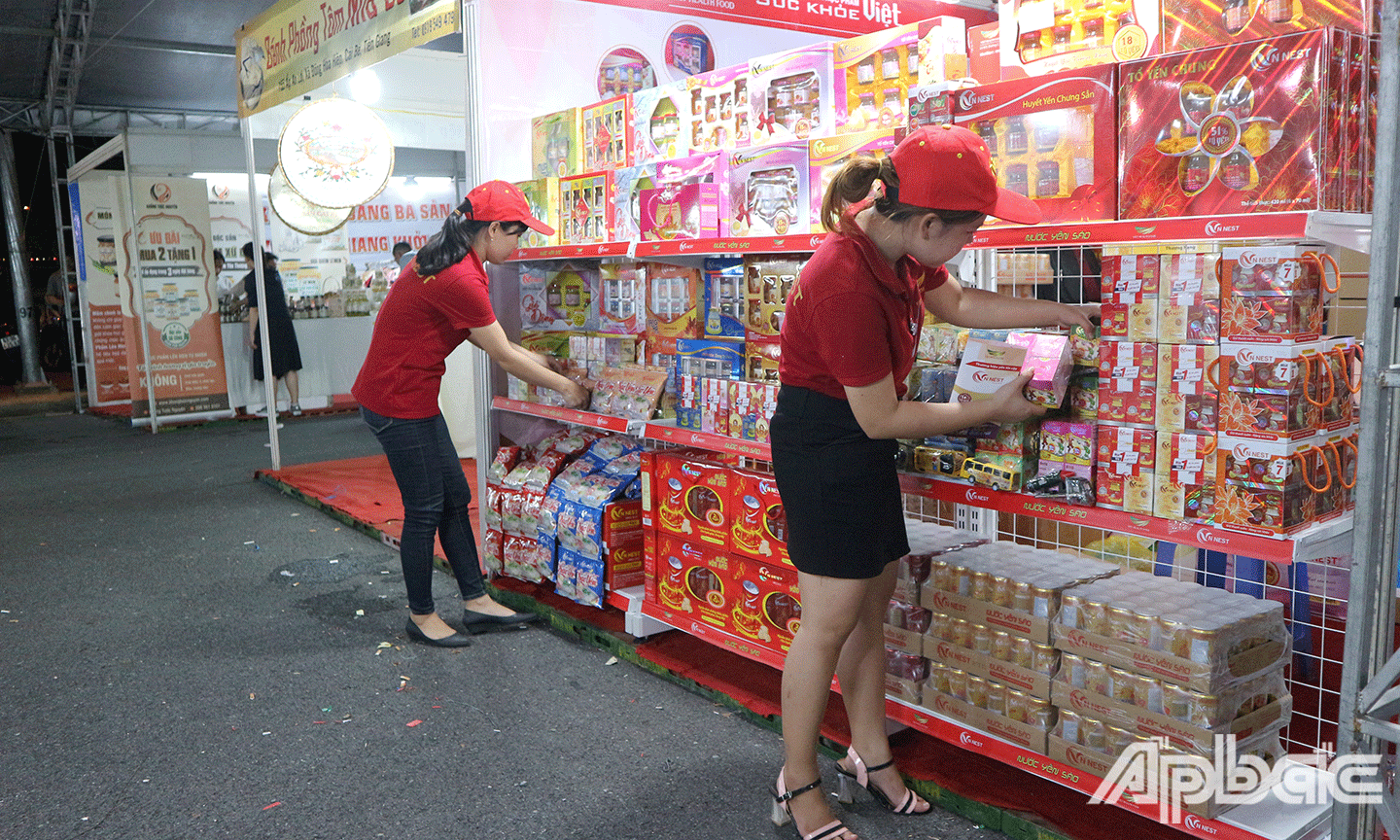
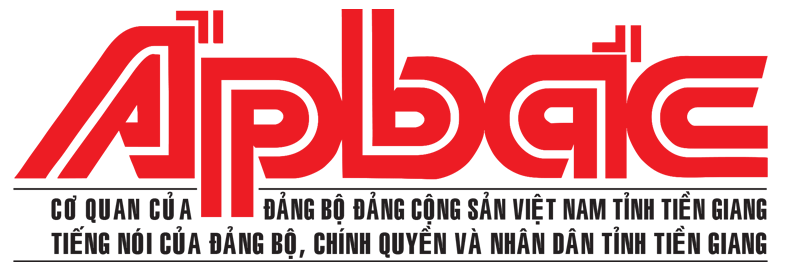
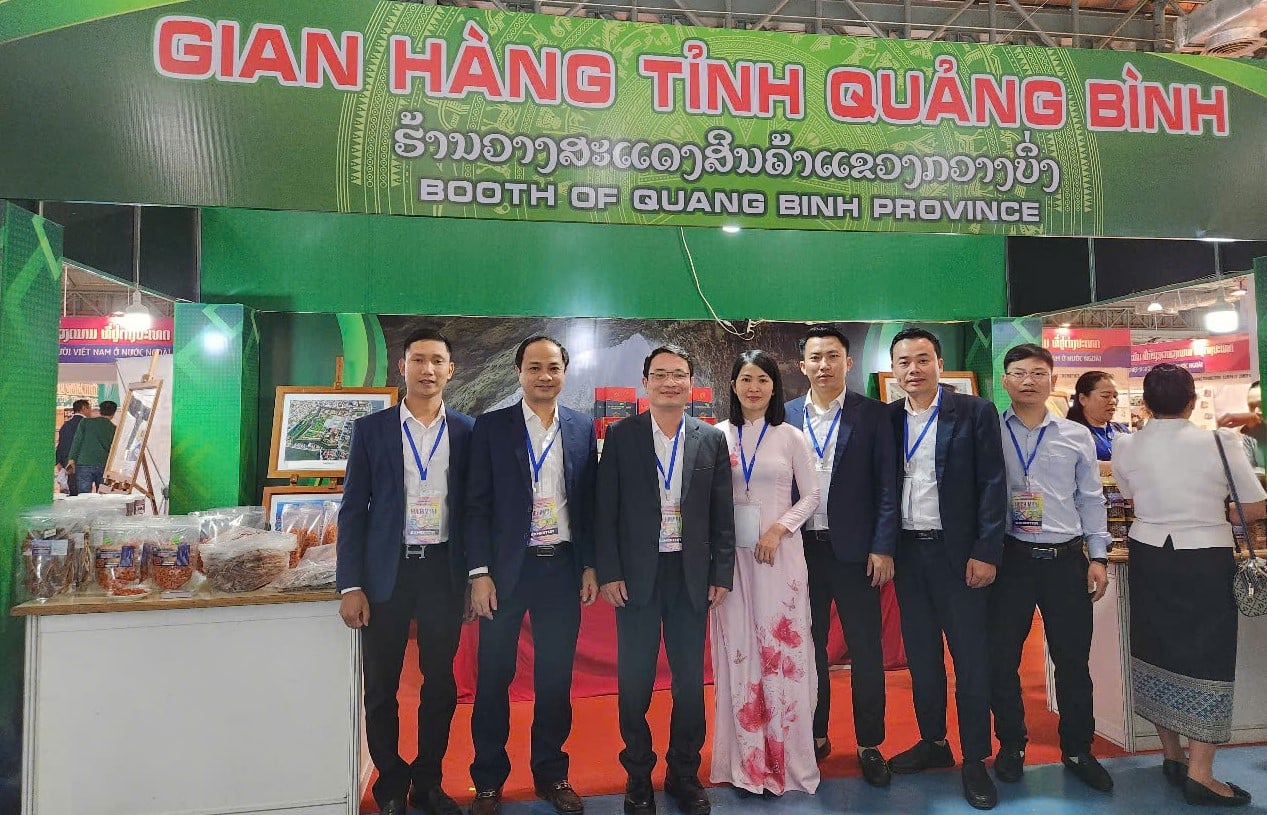
Comment (0)